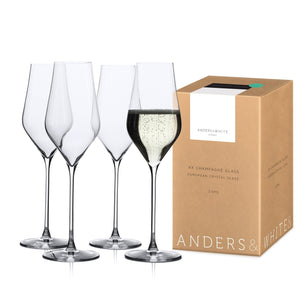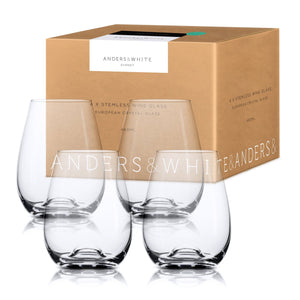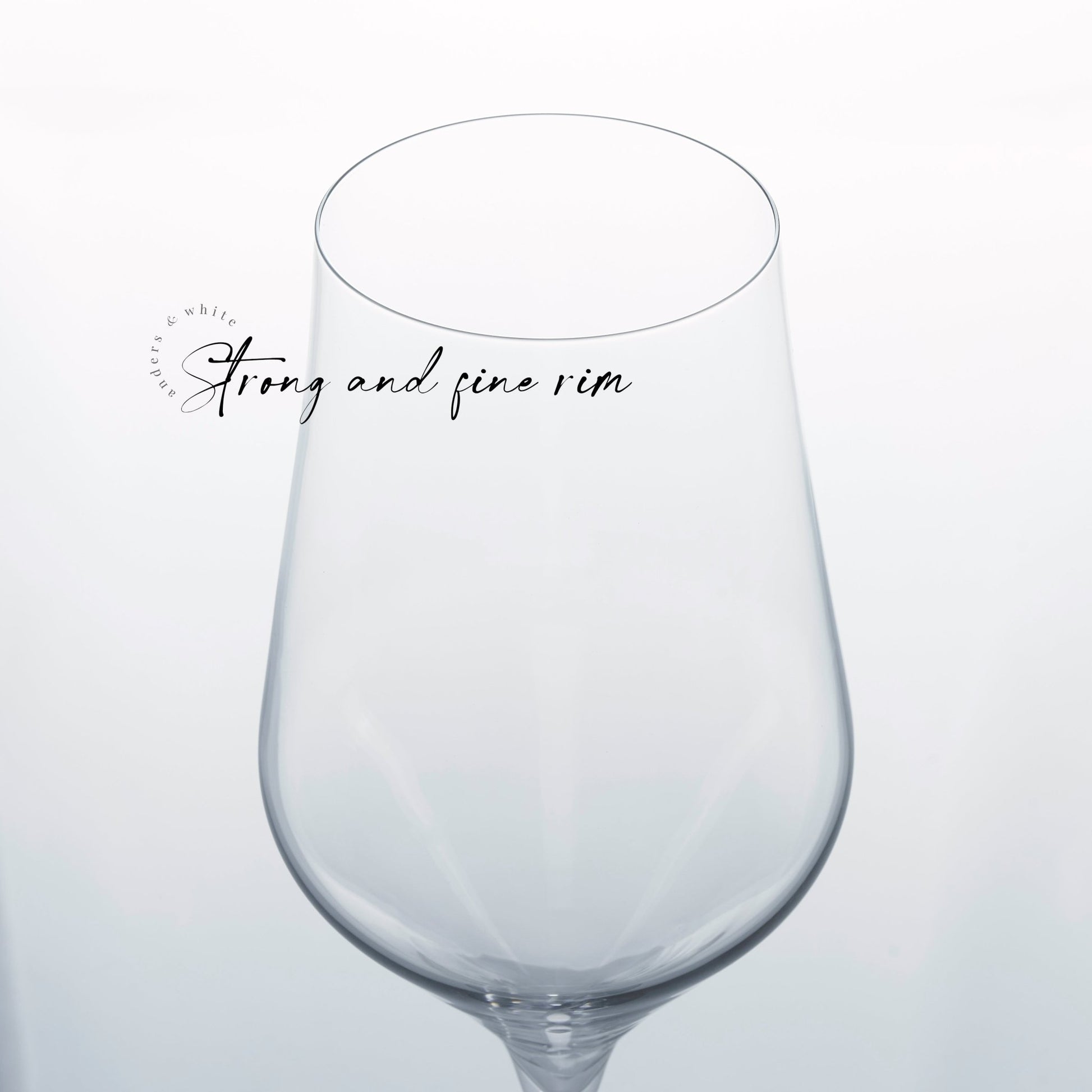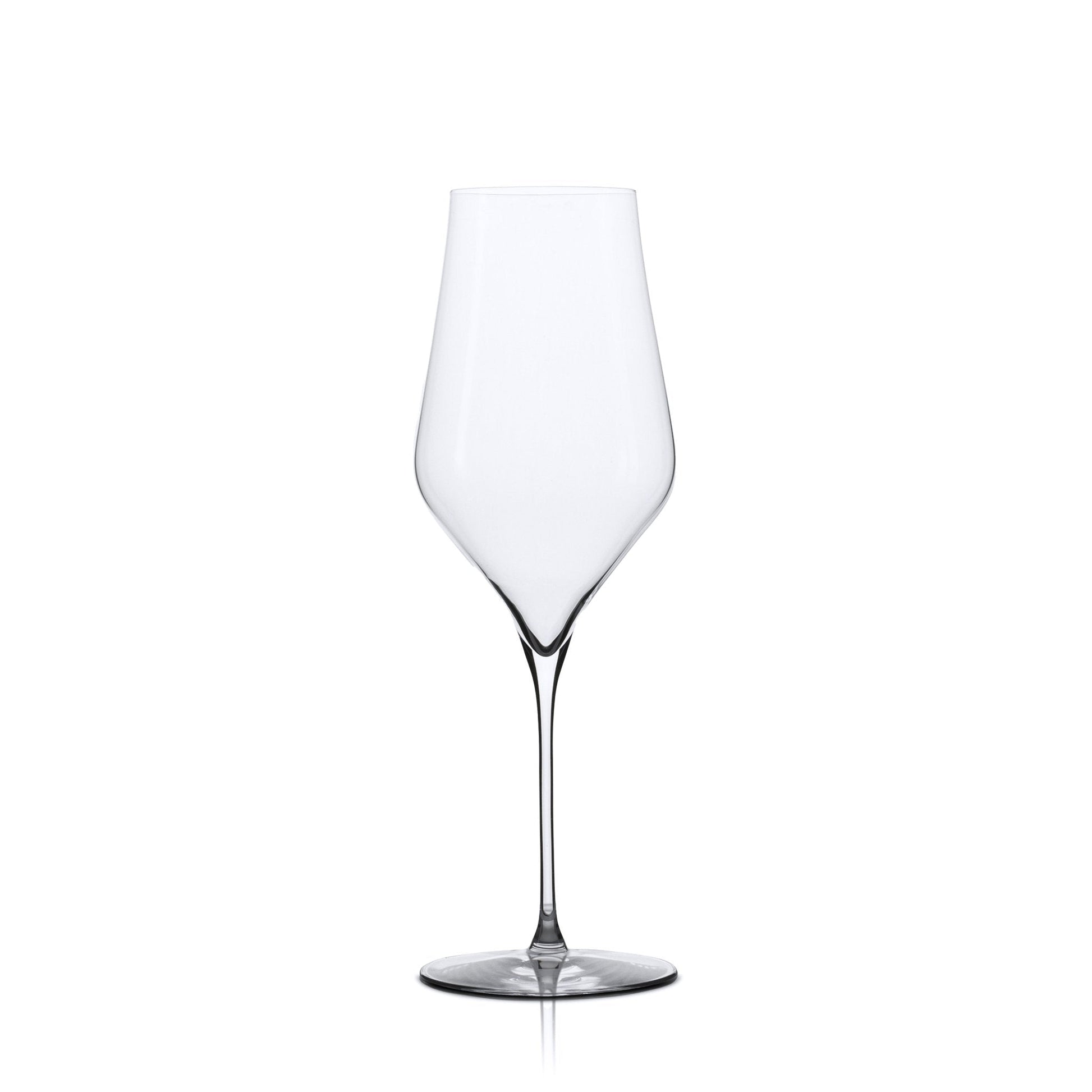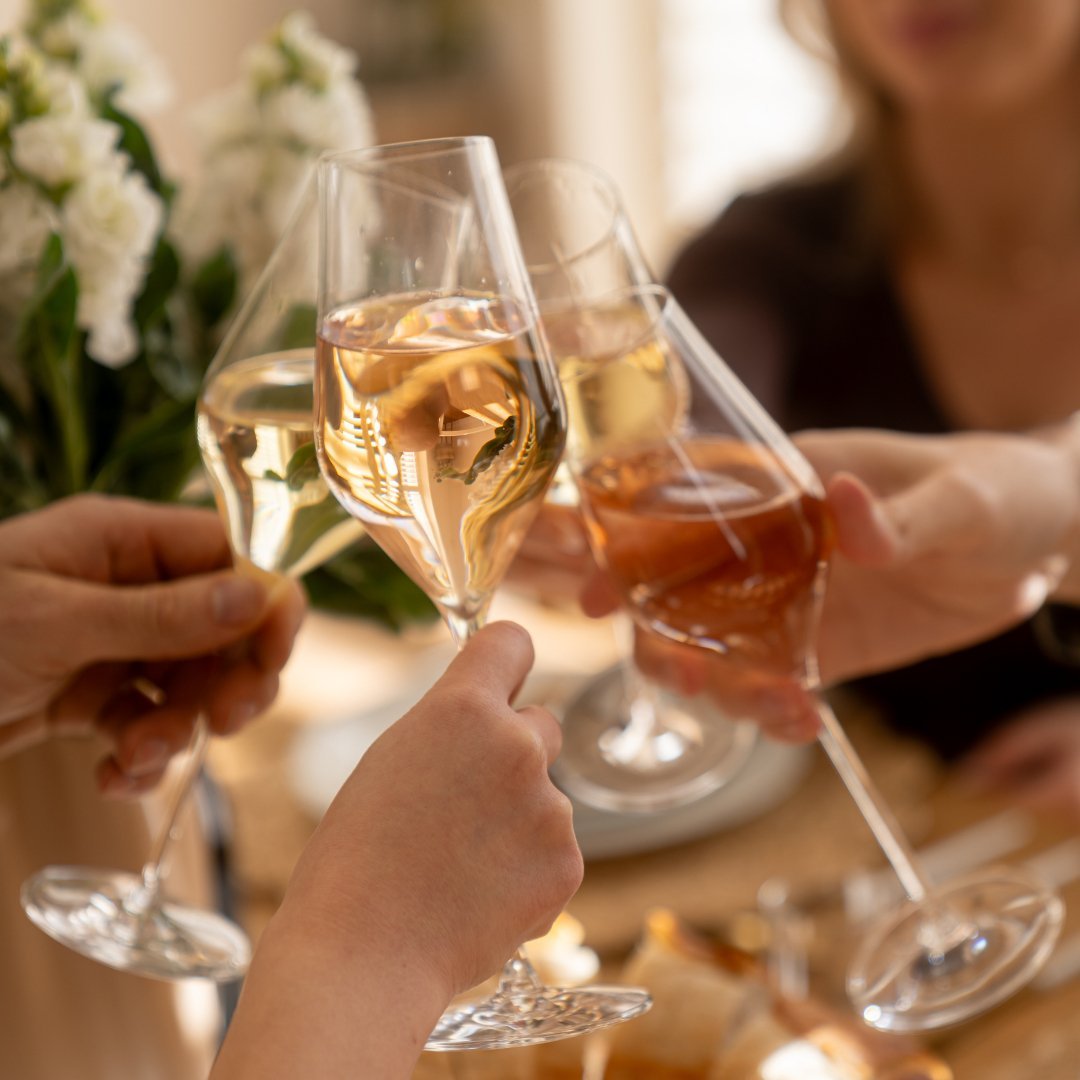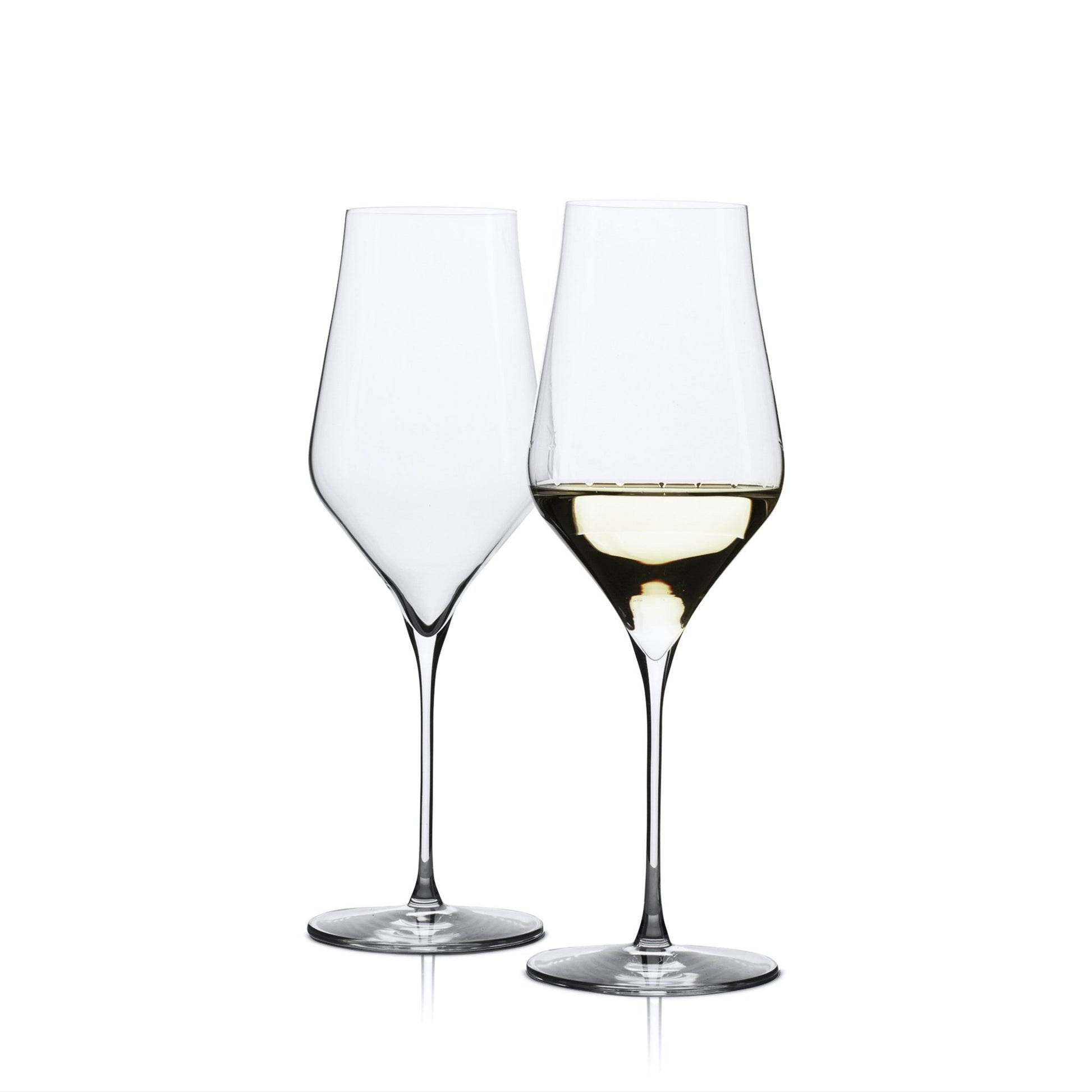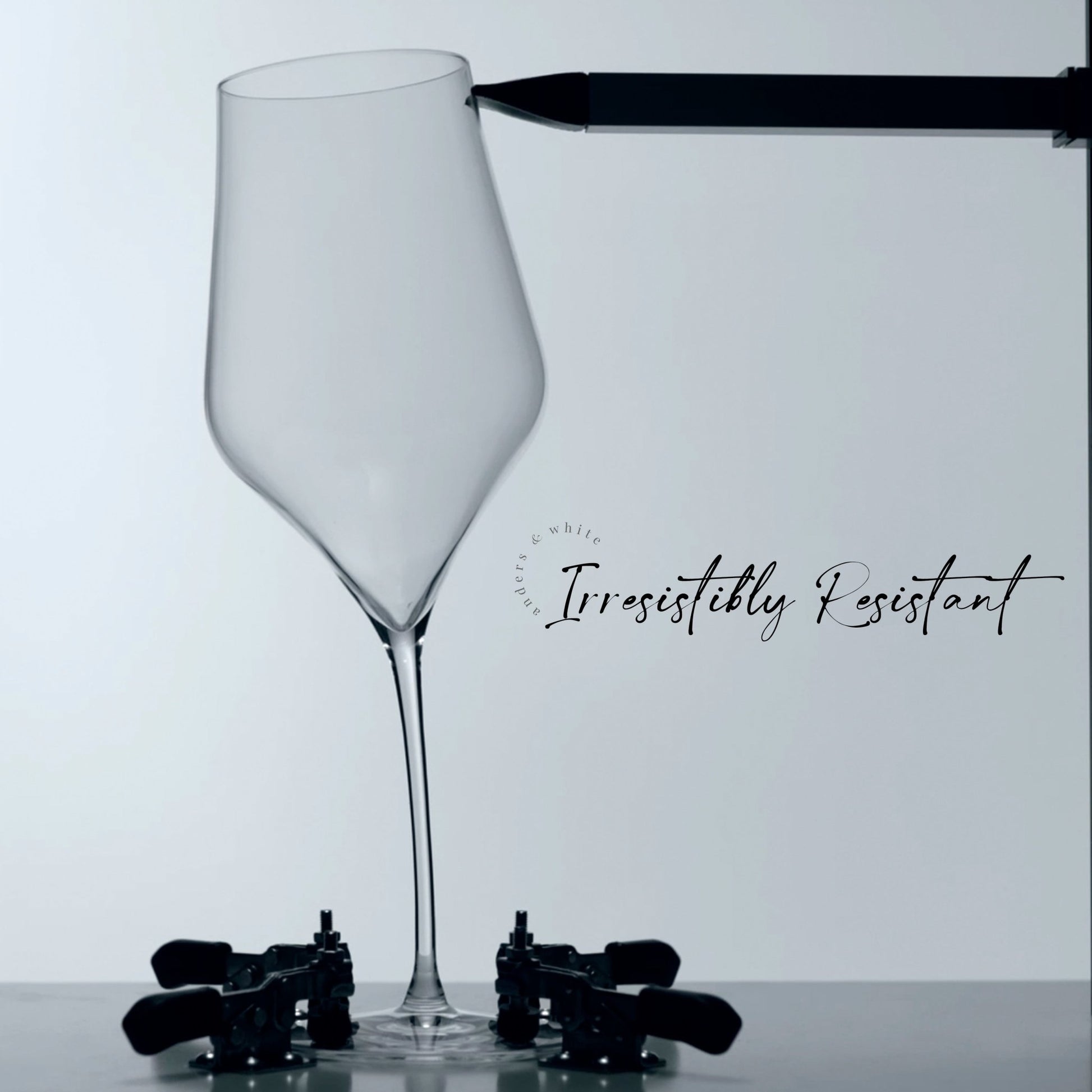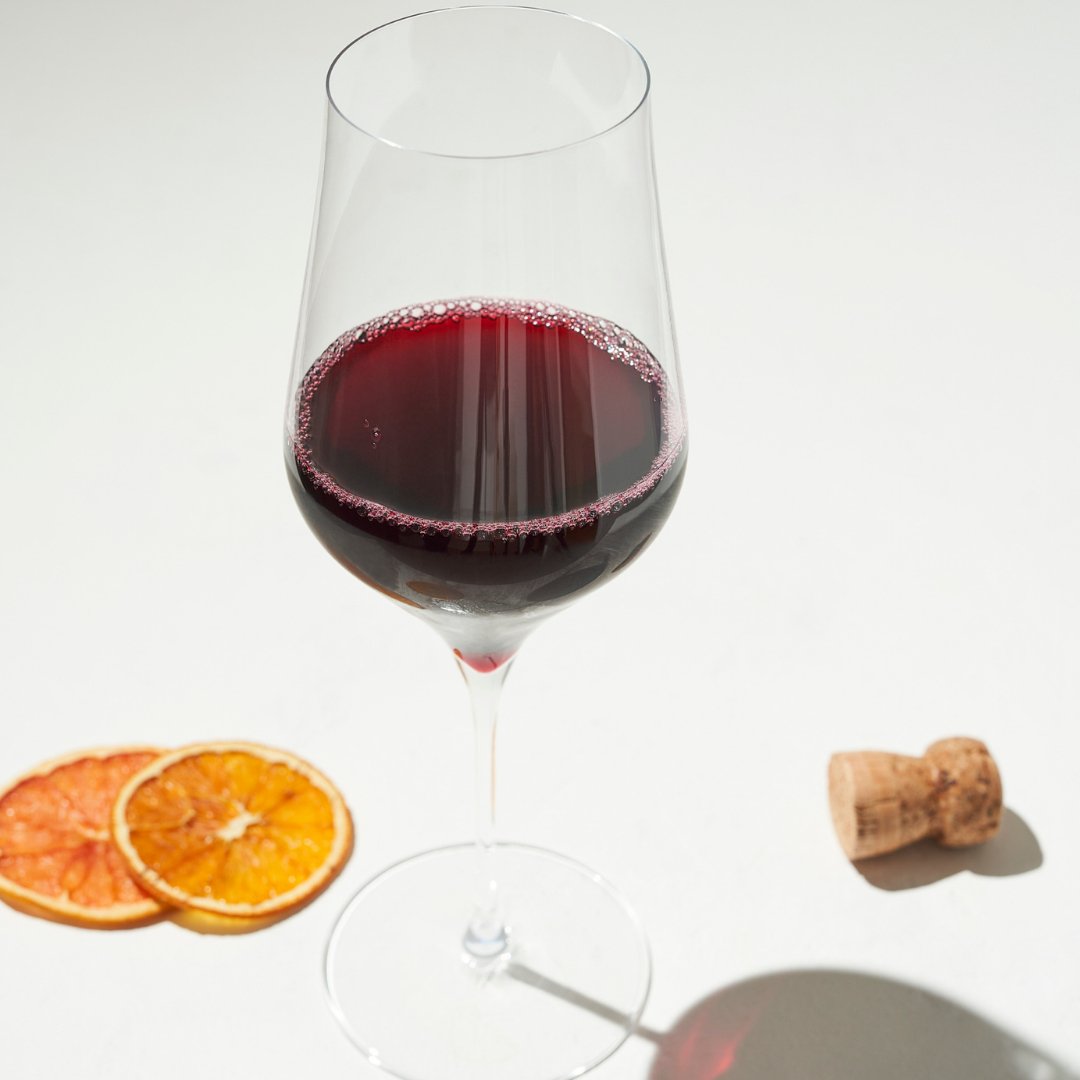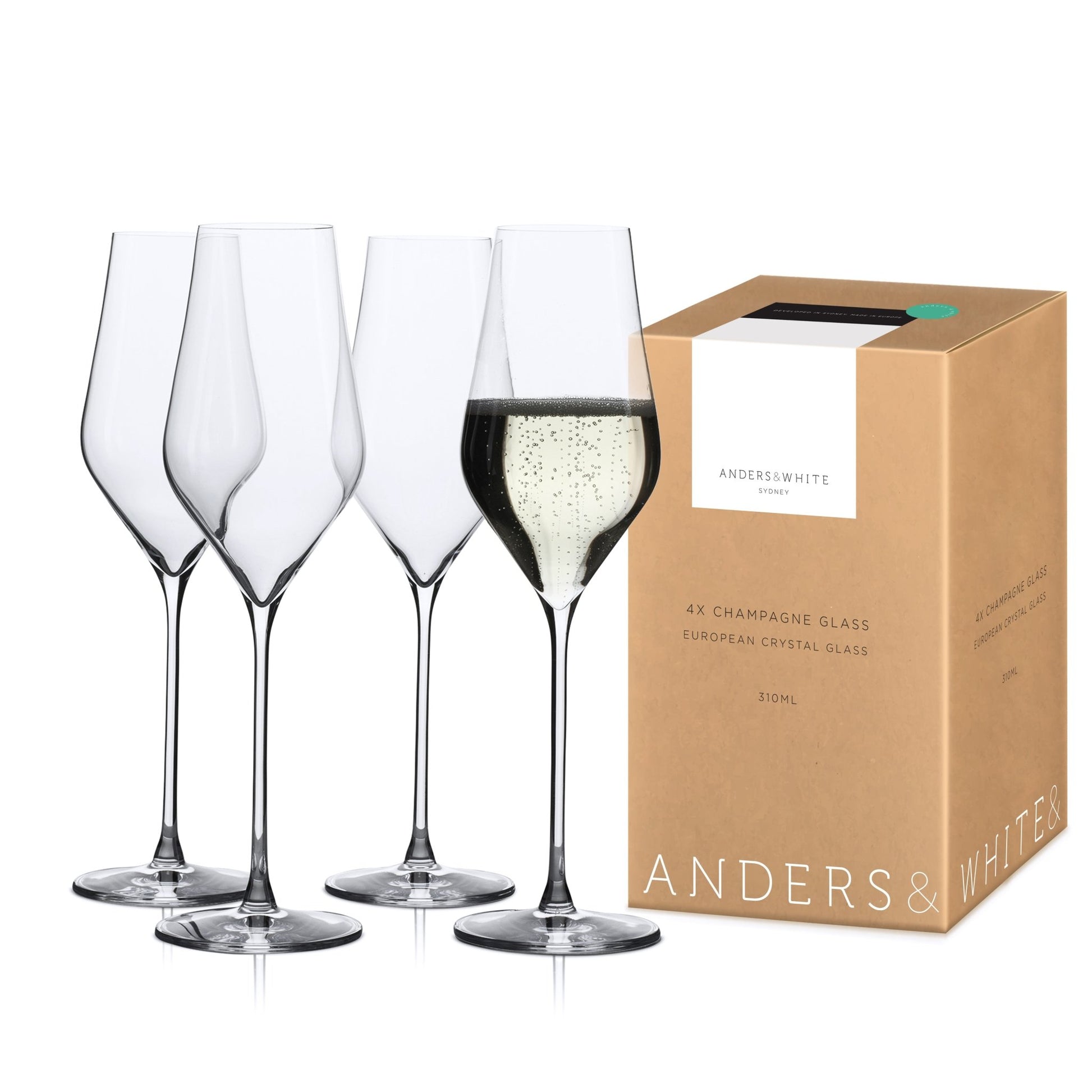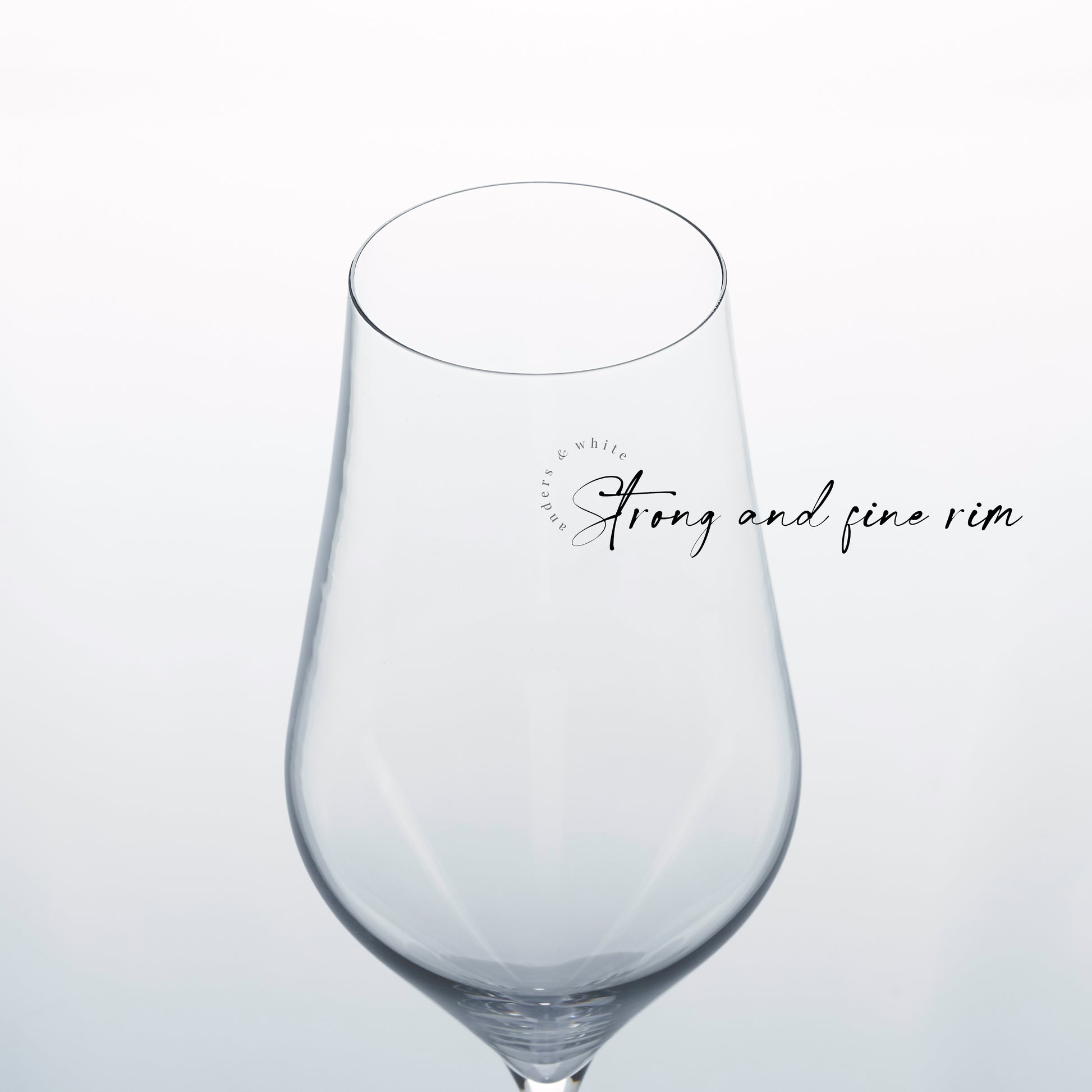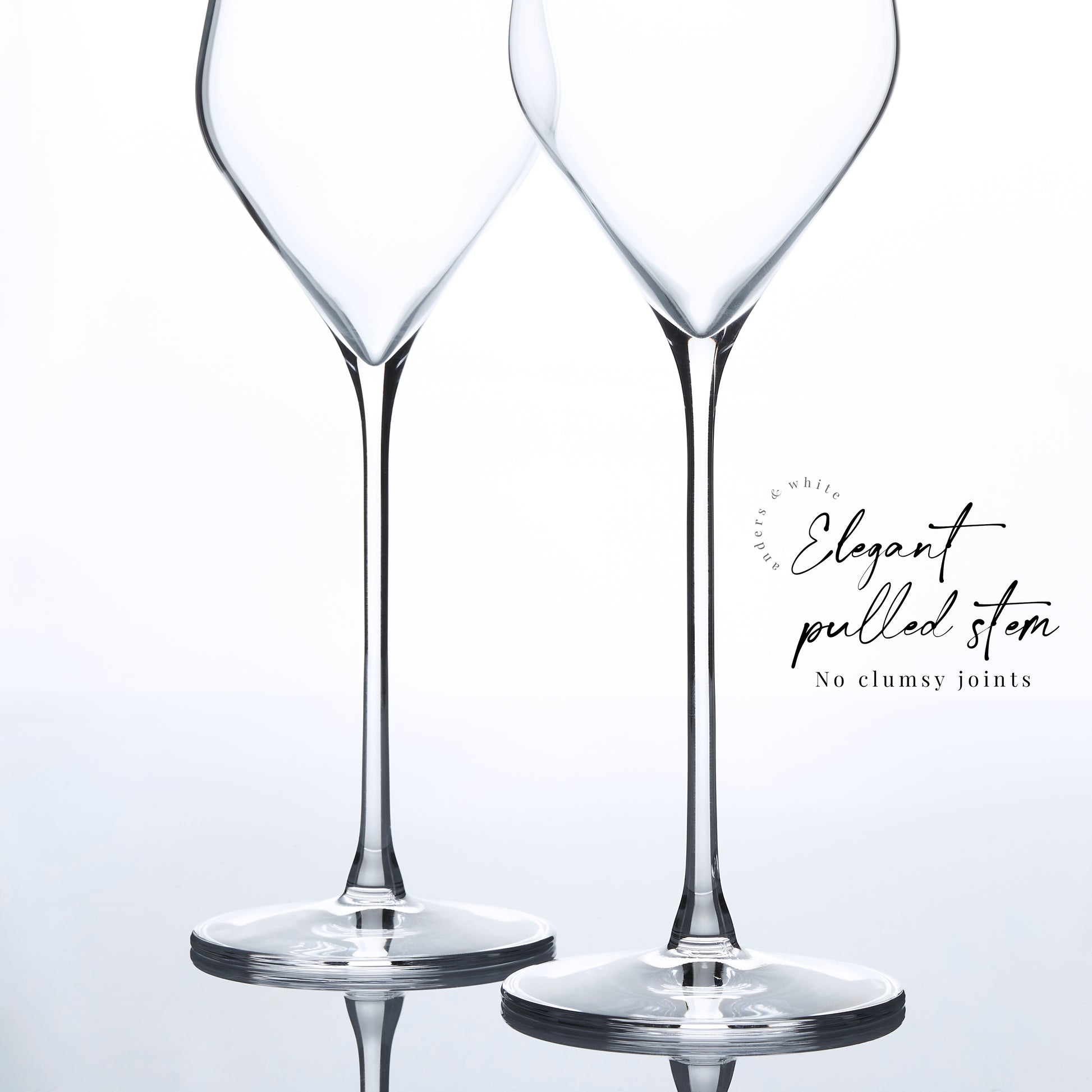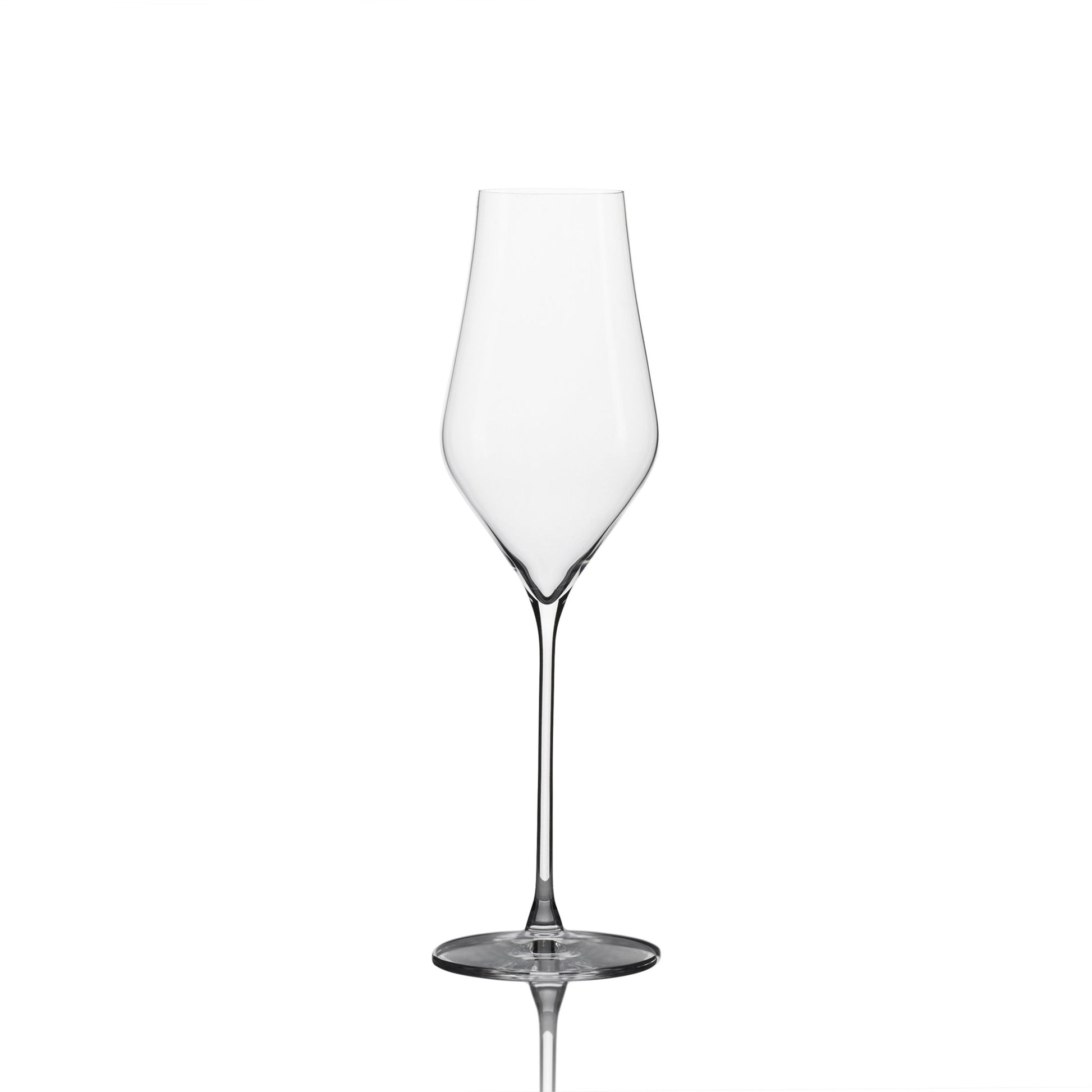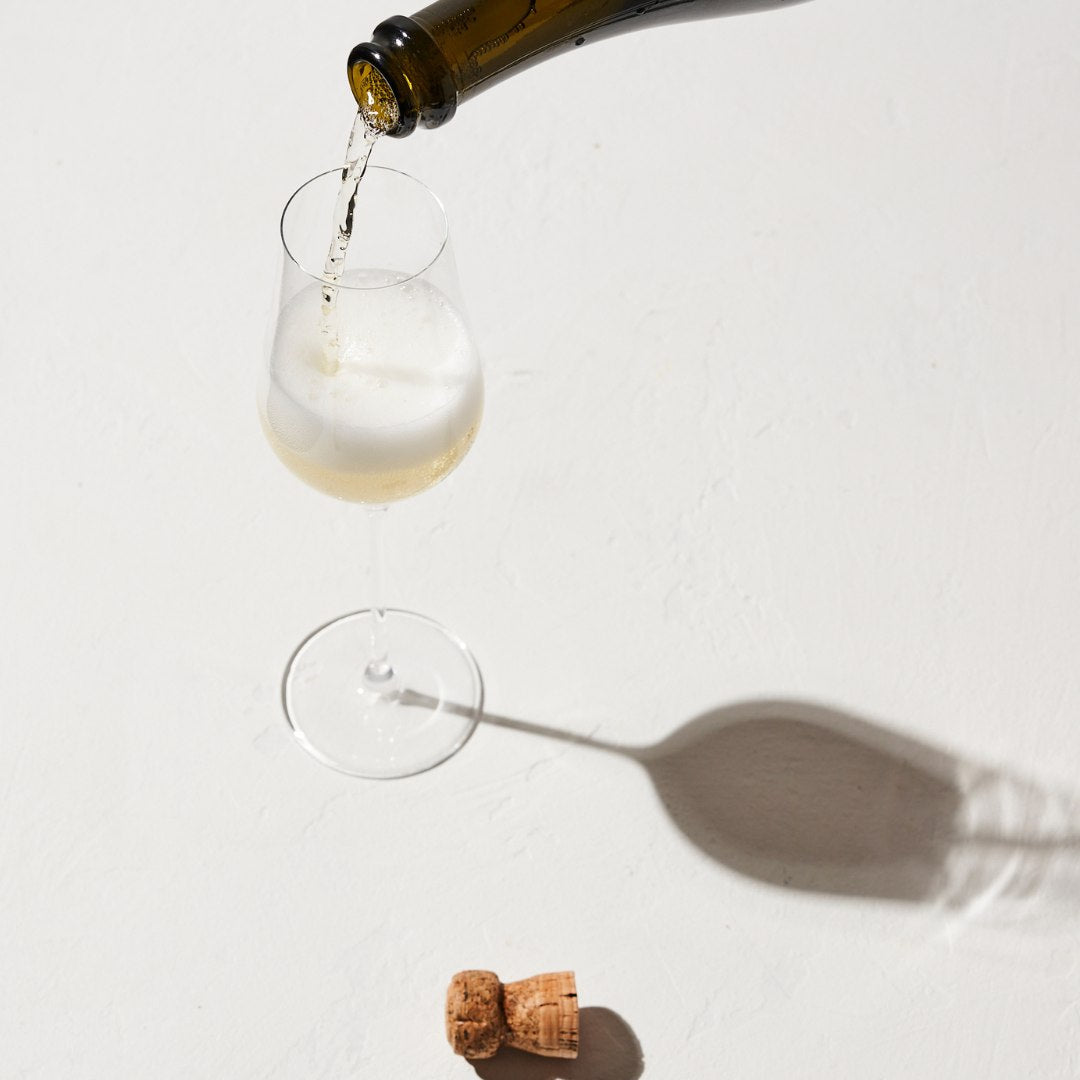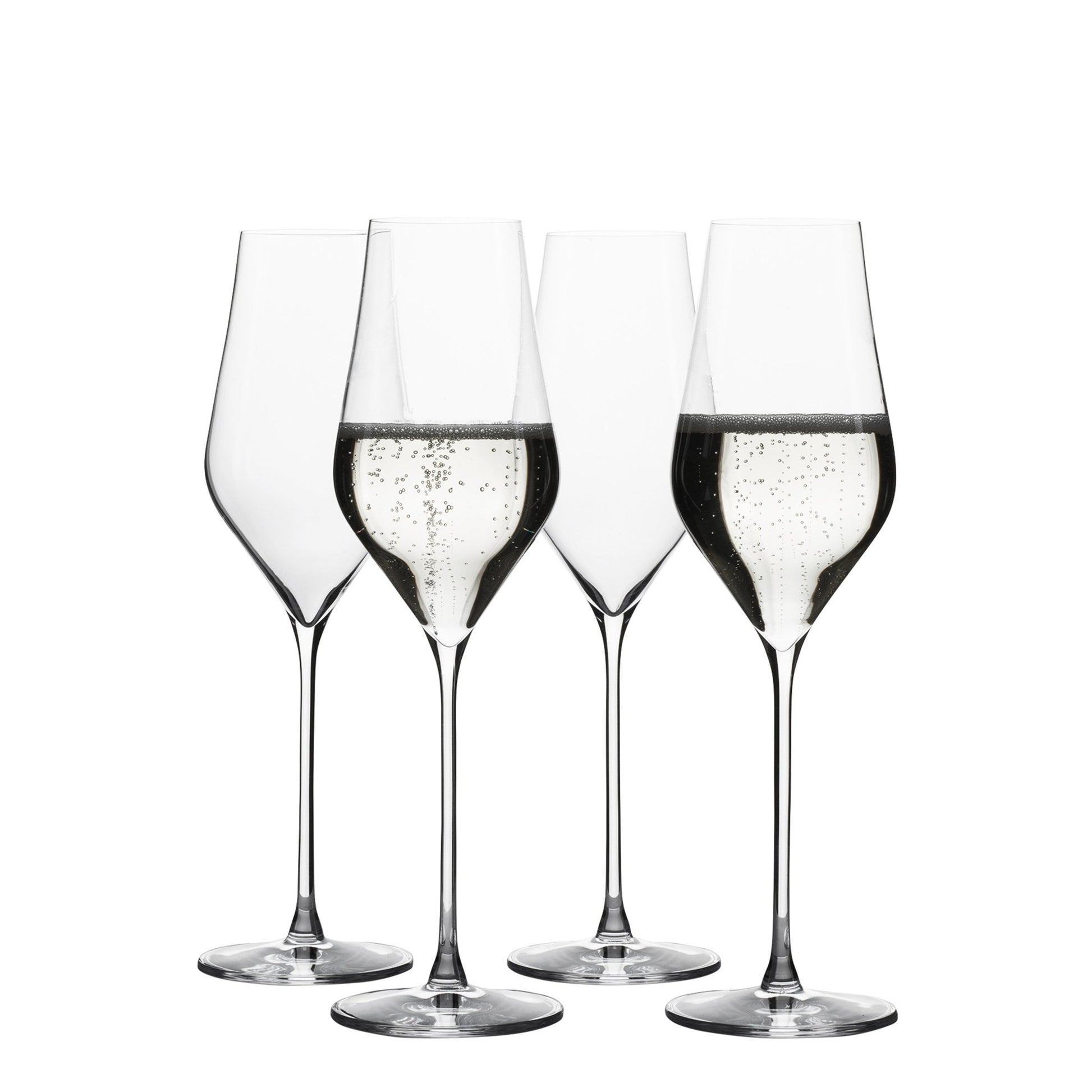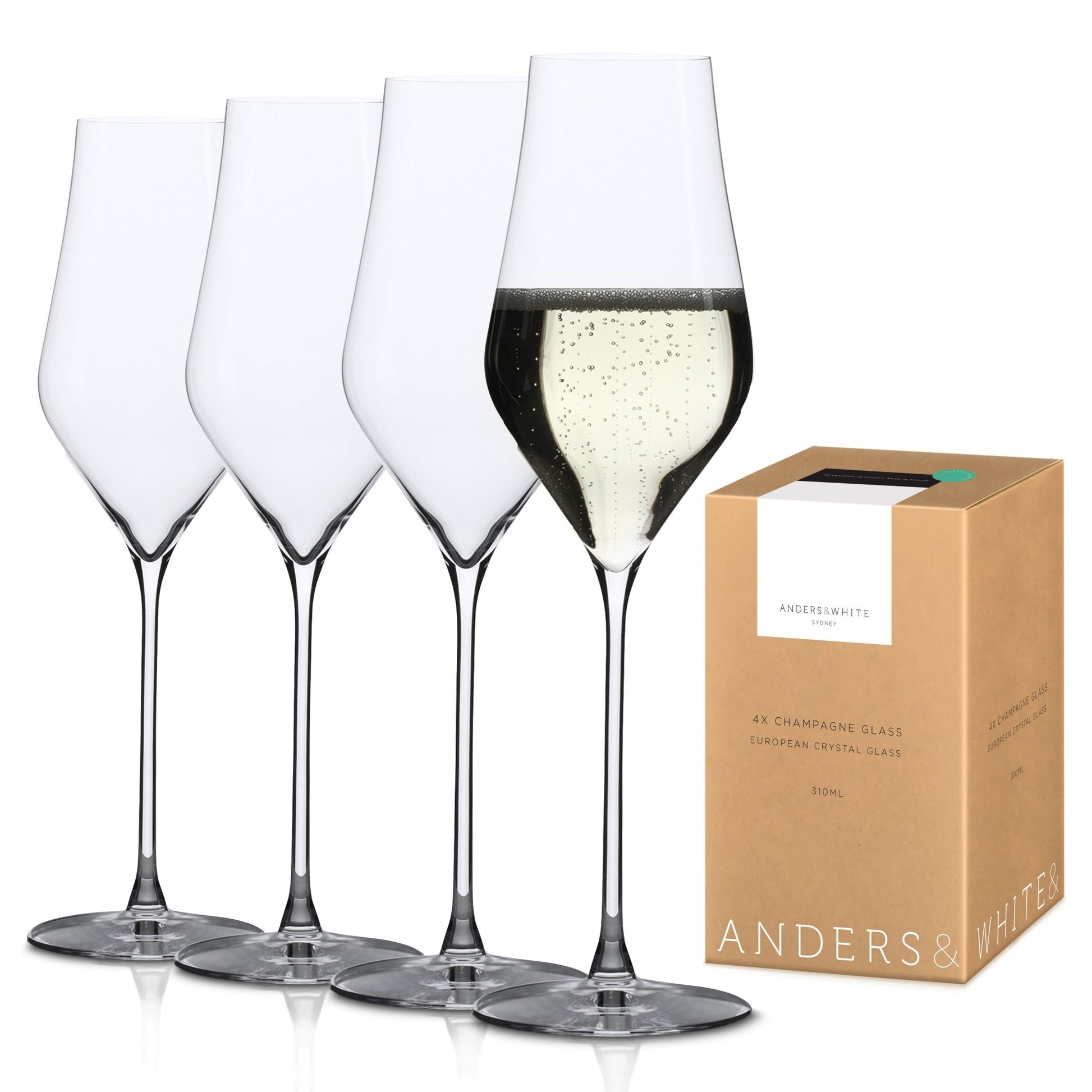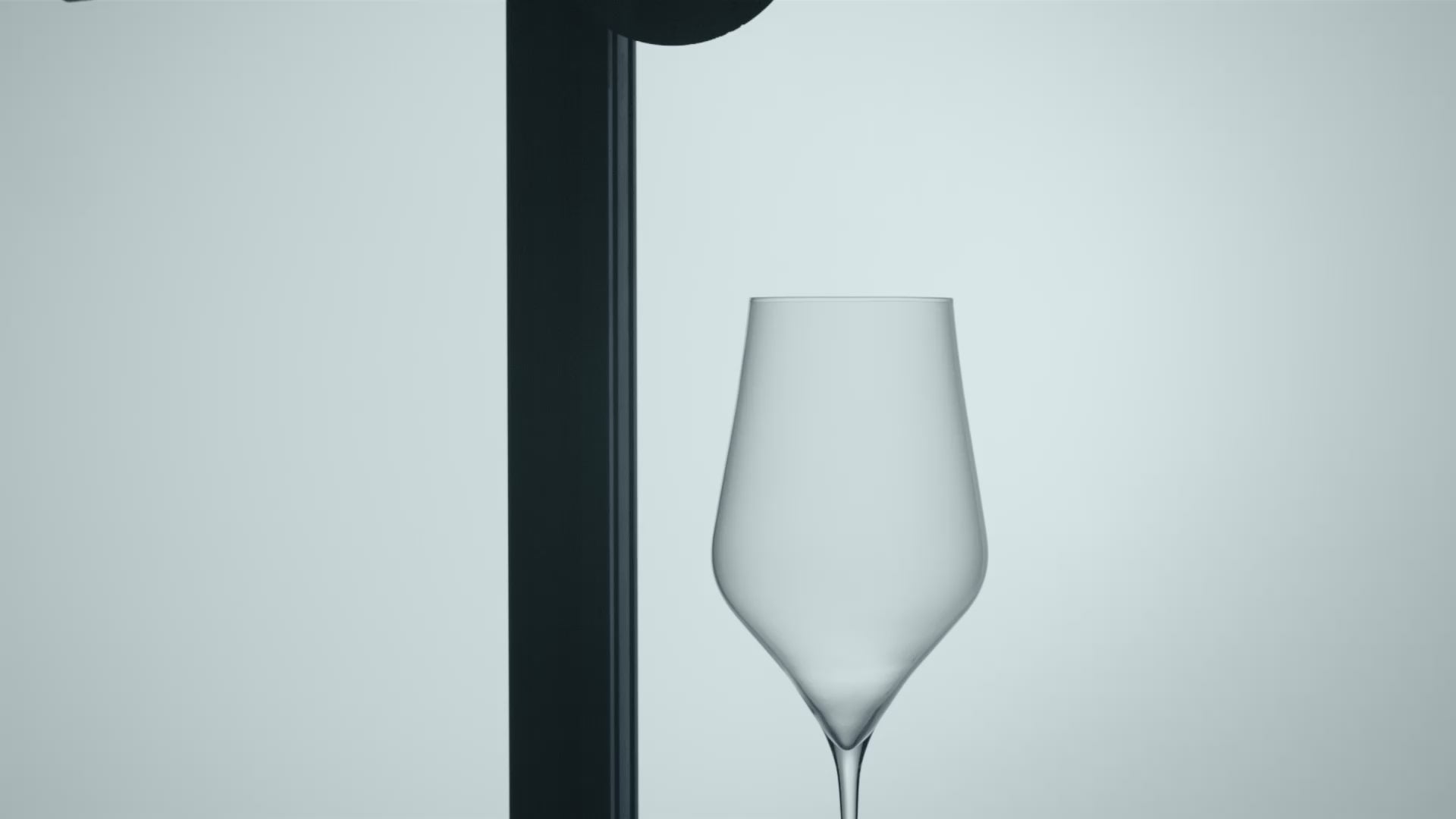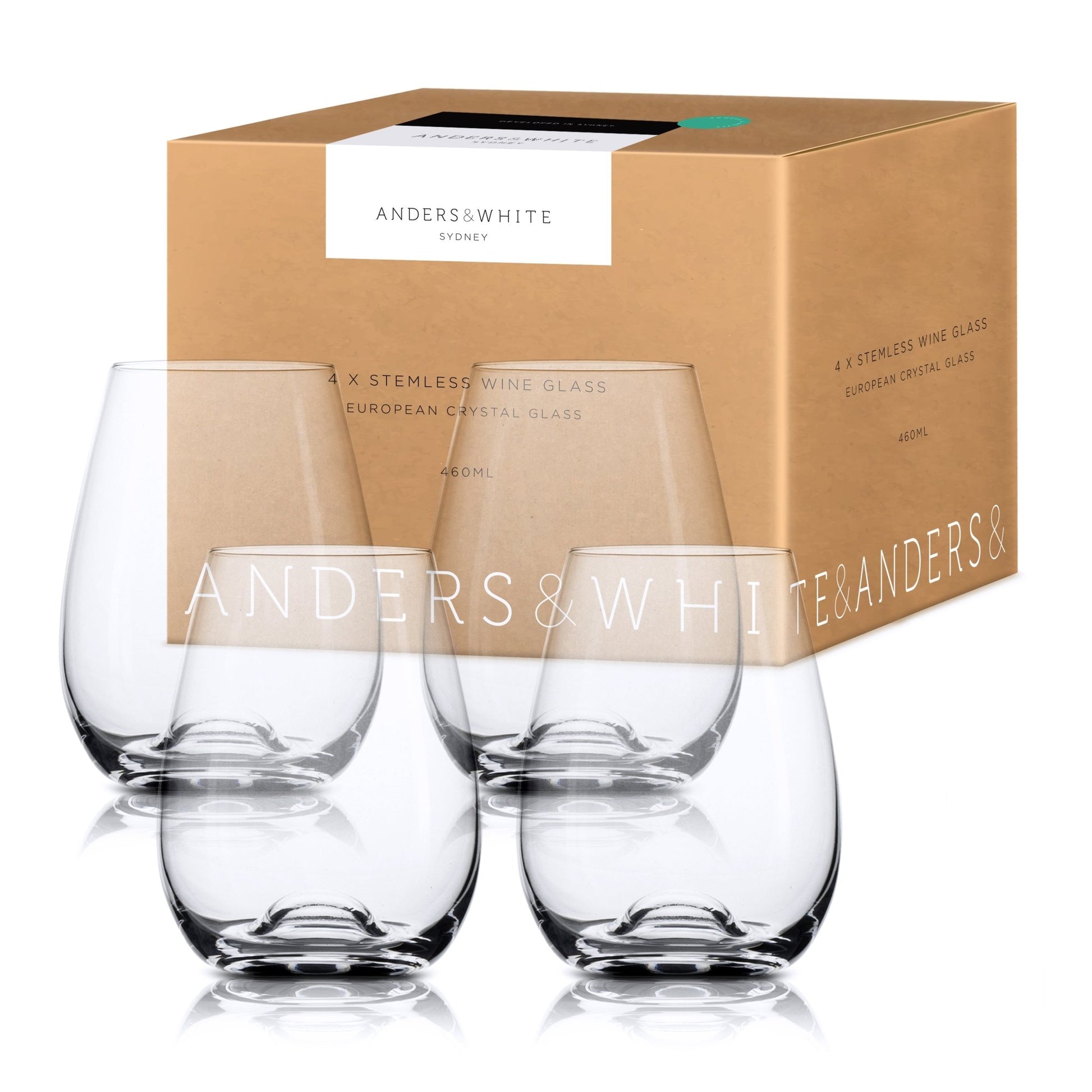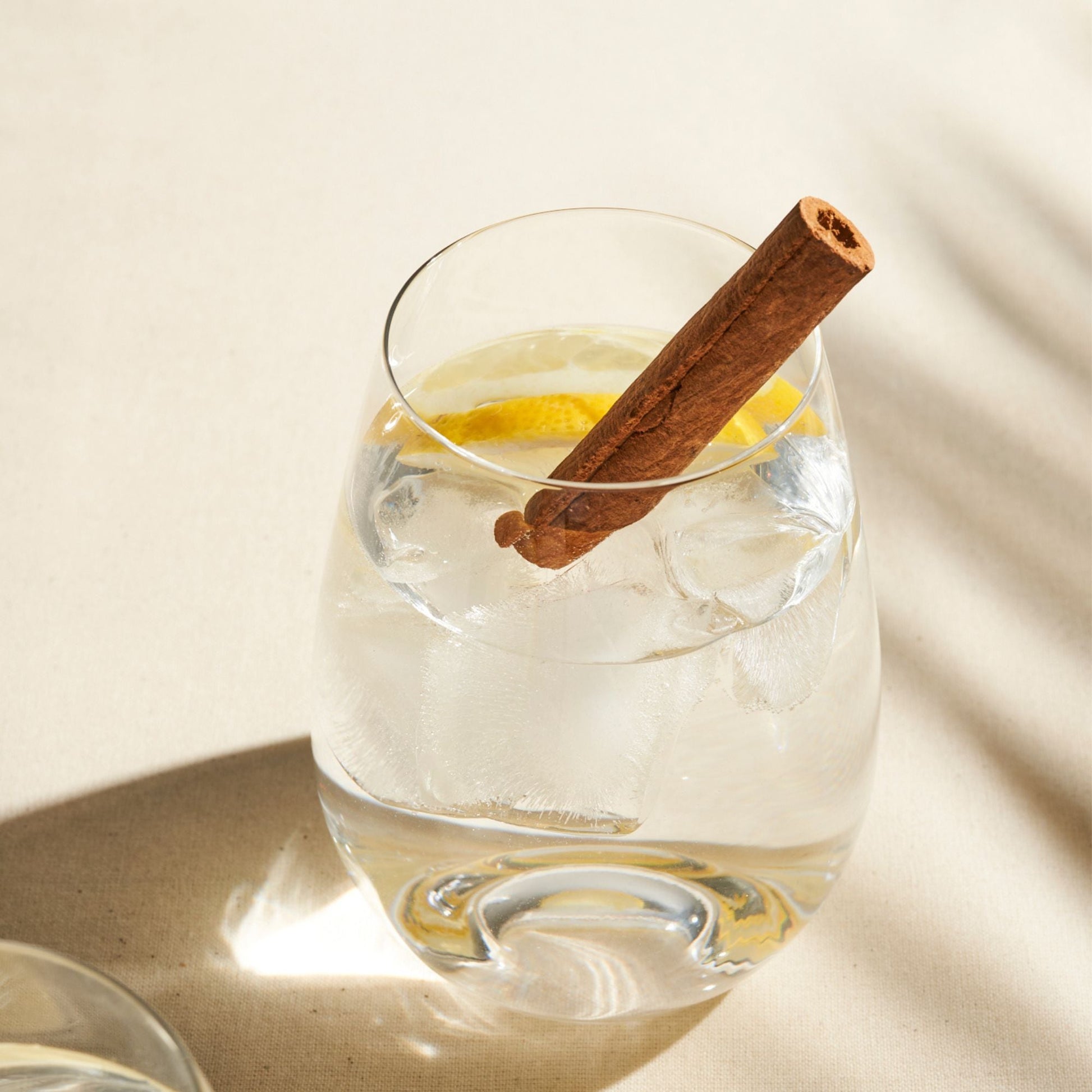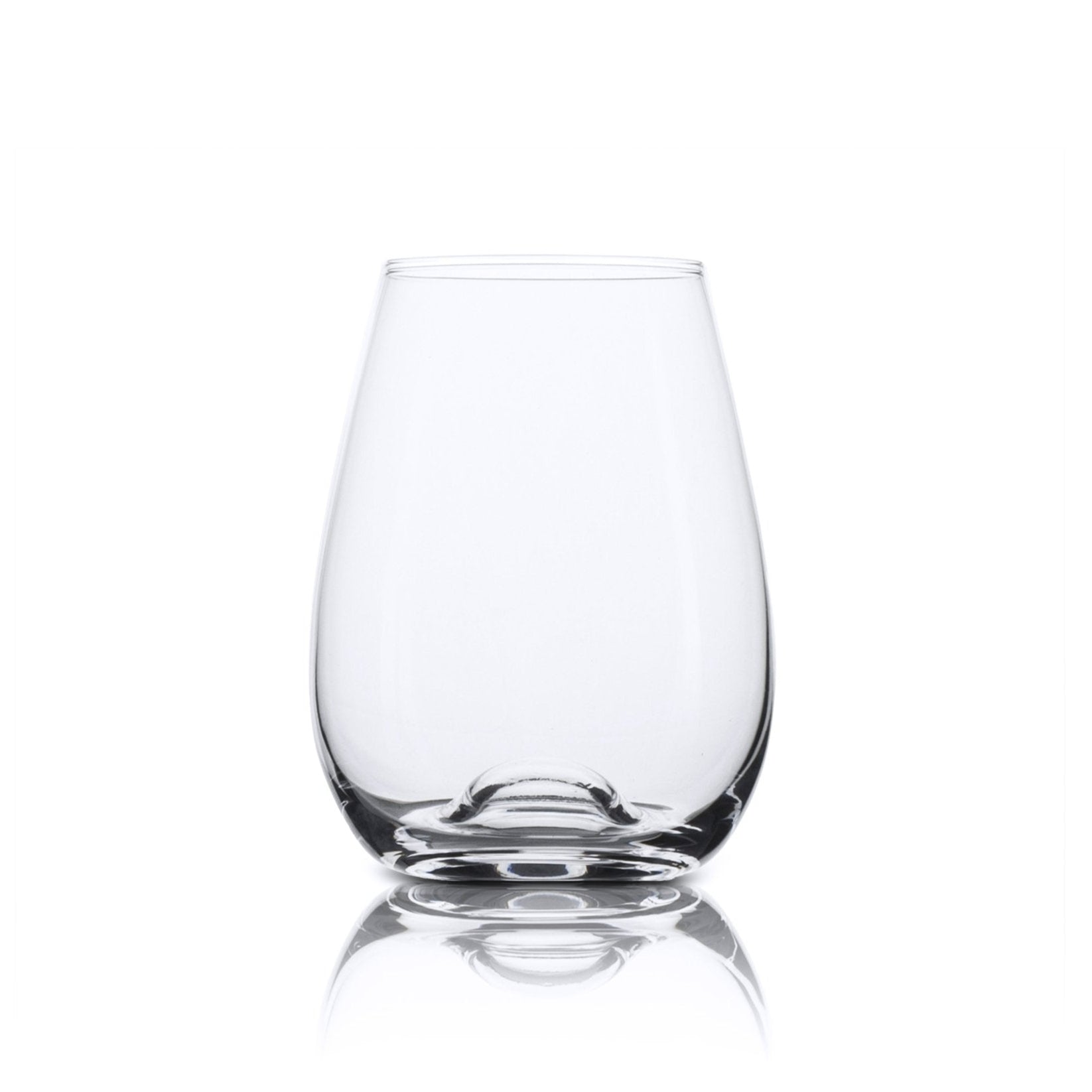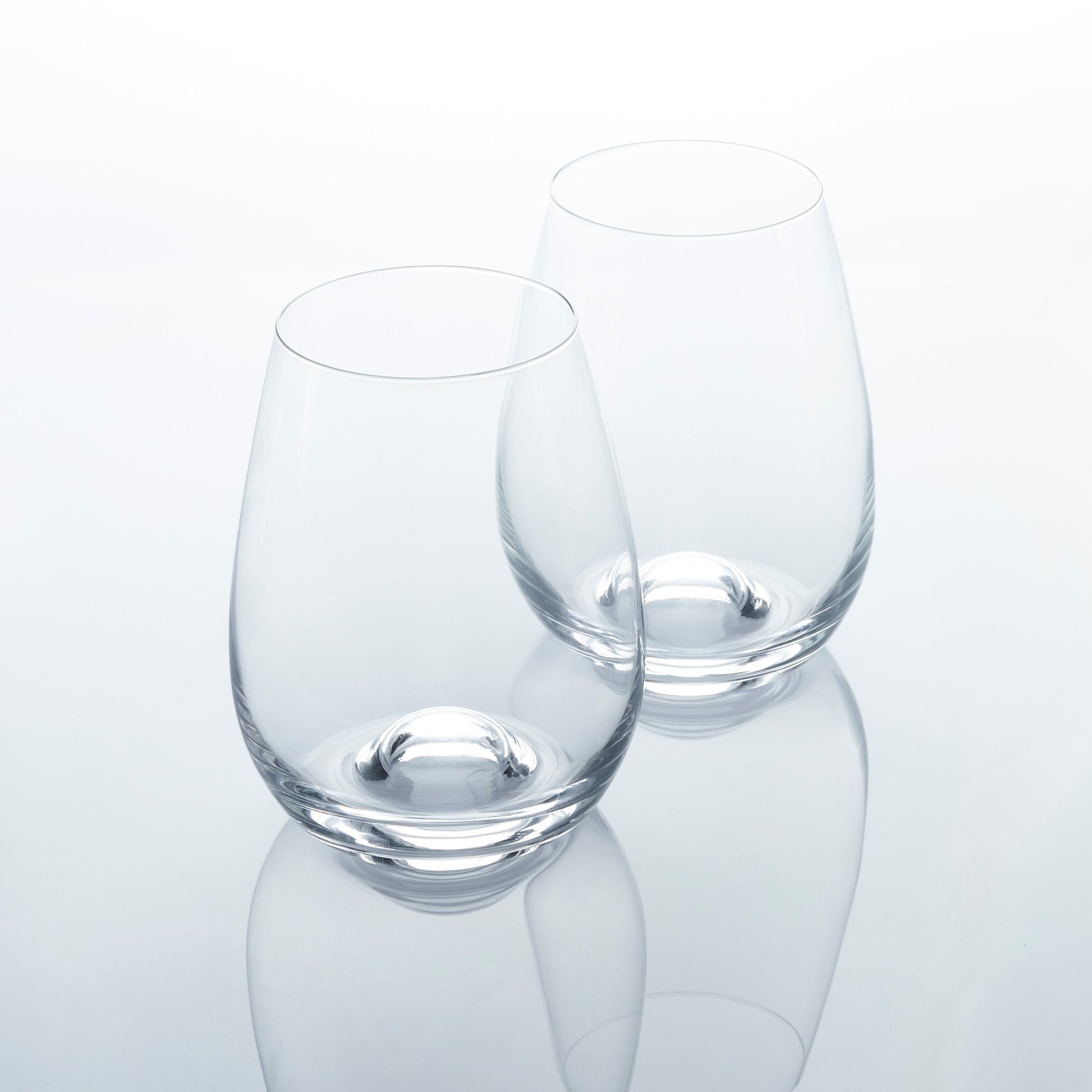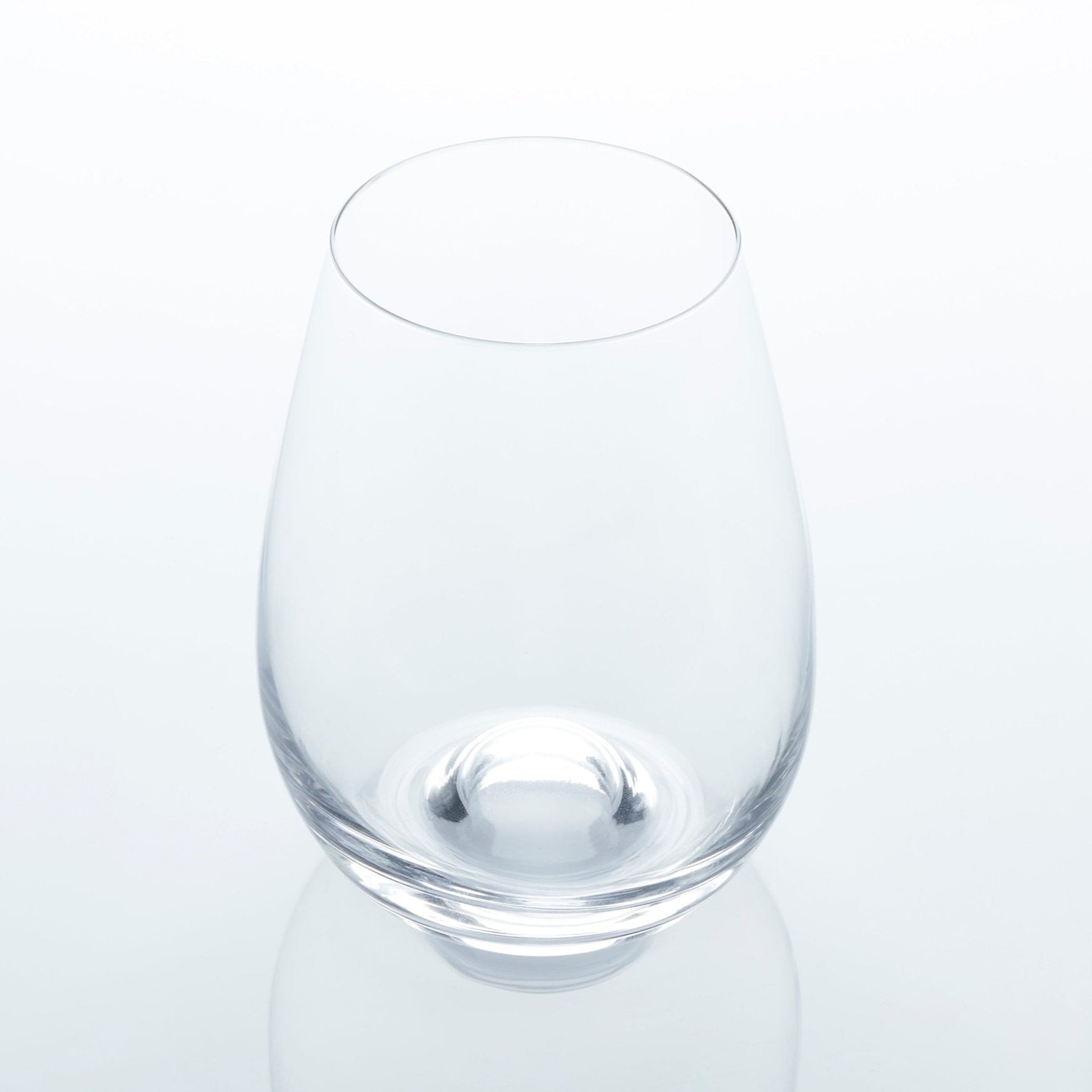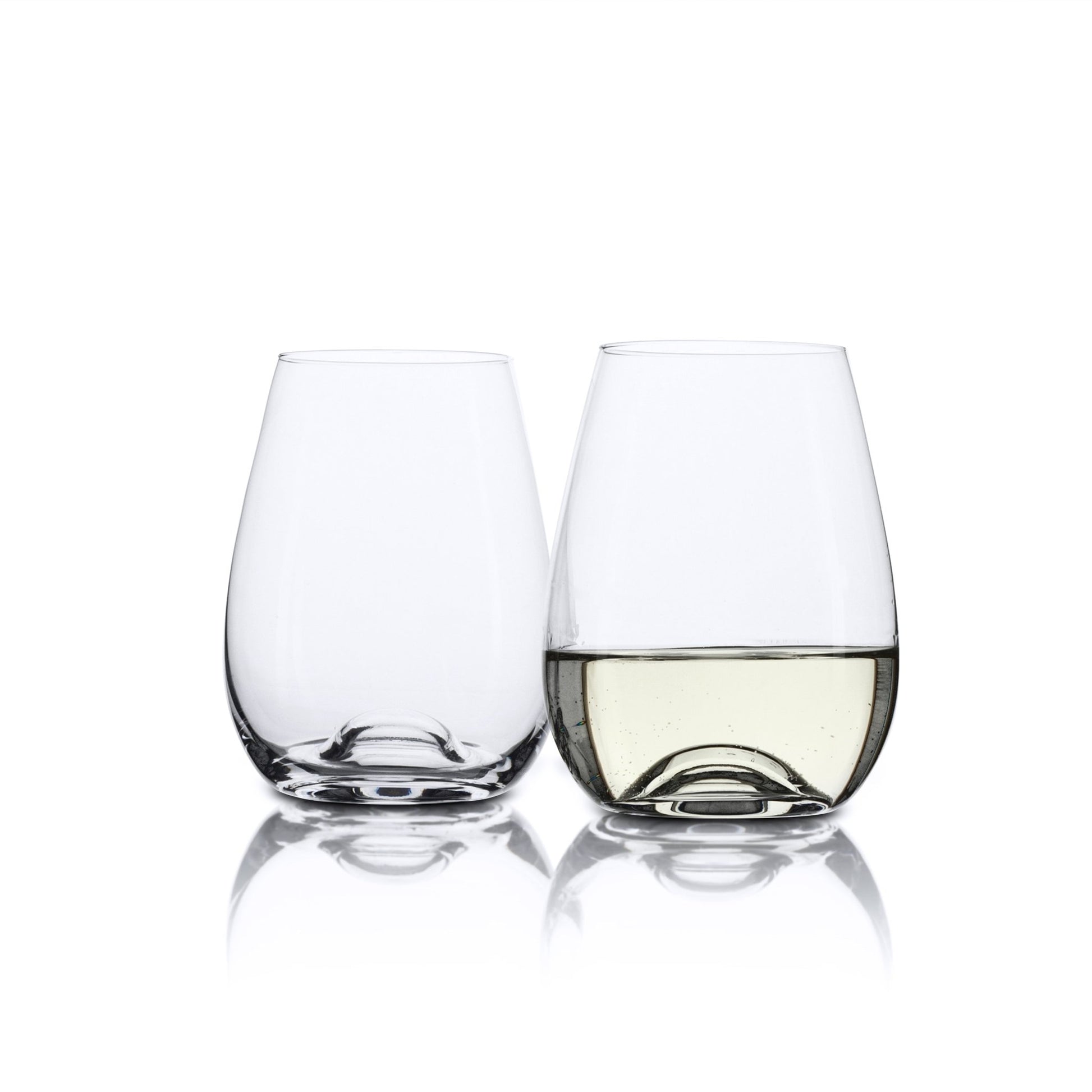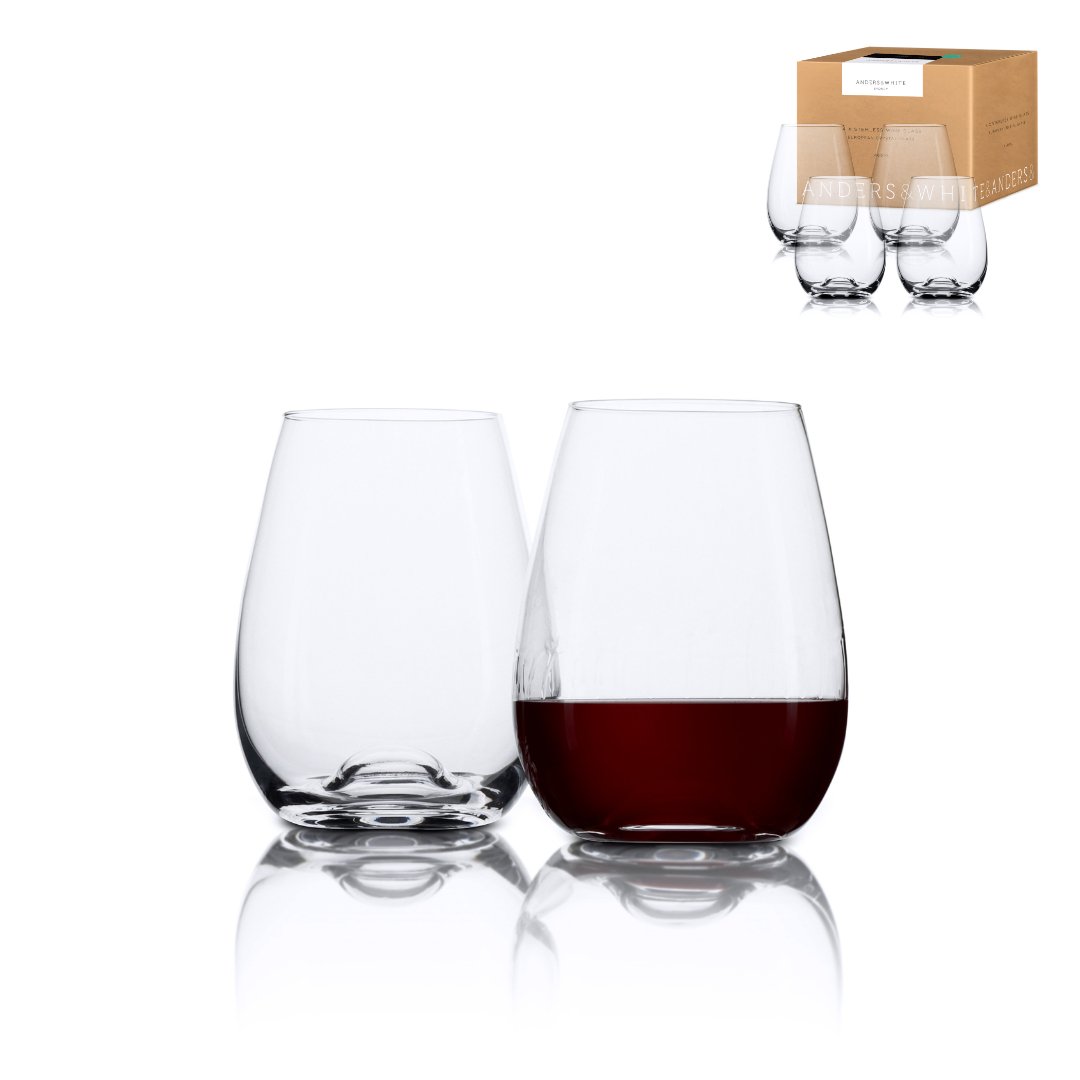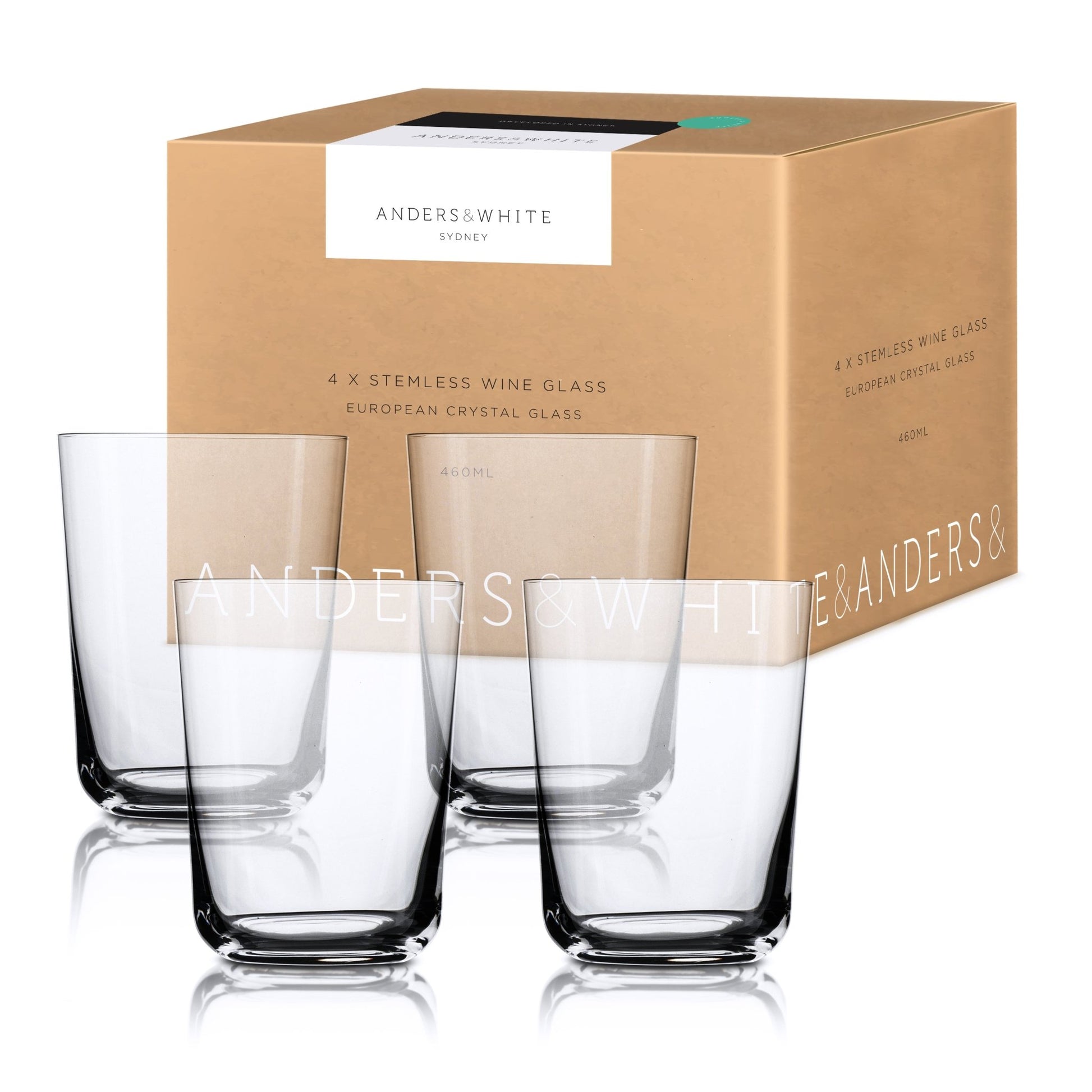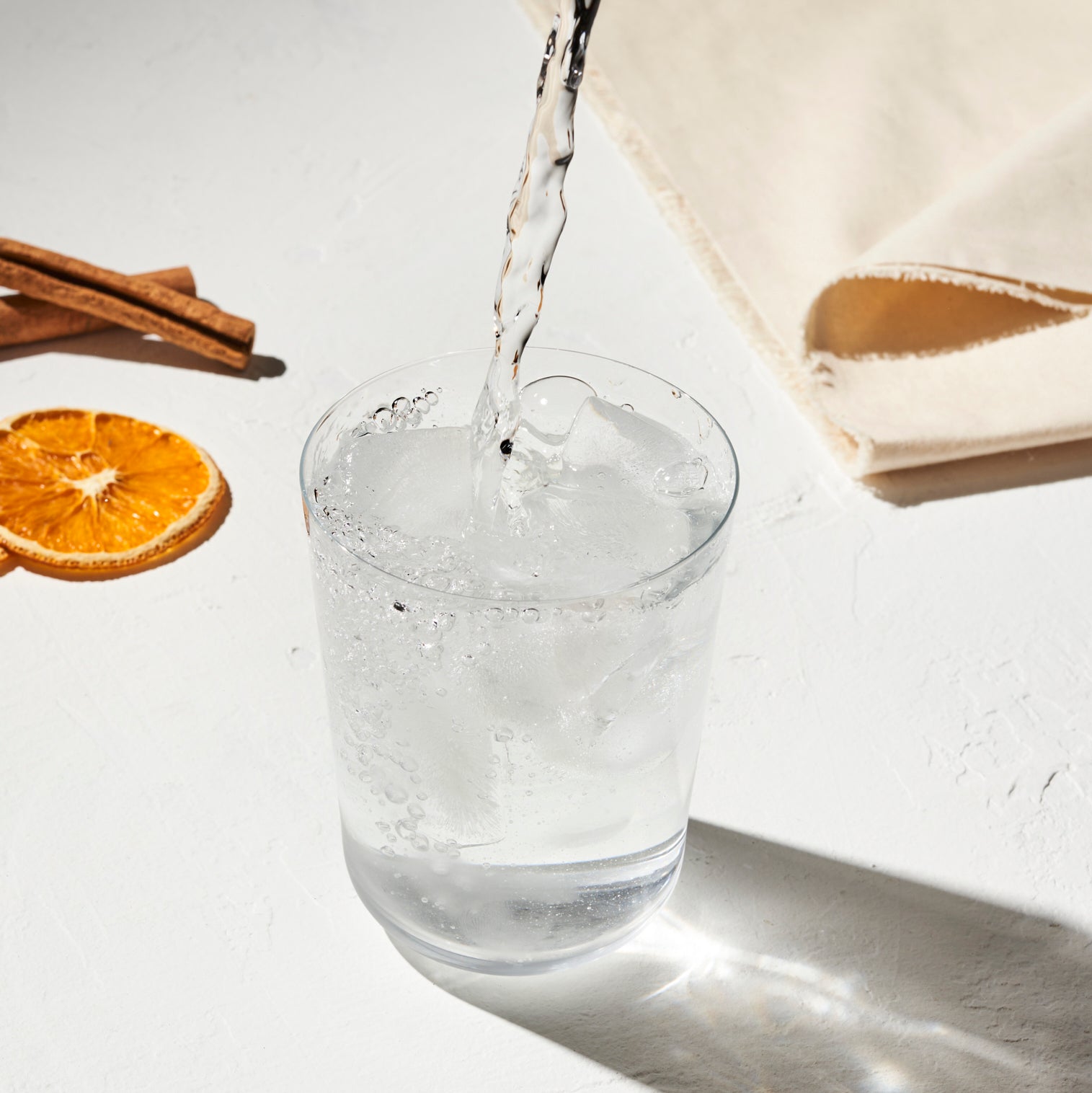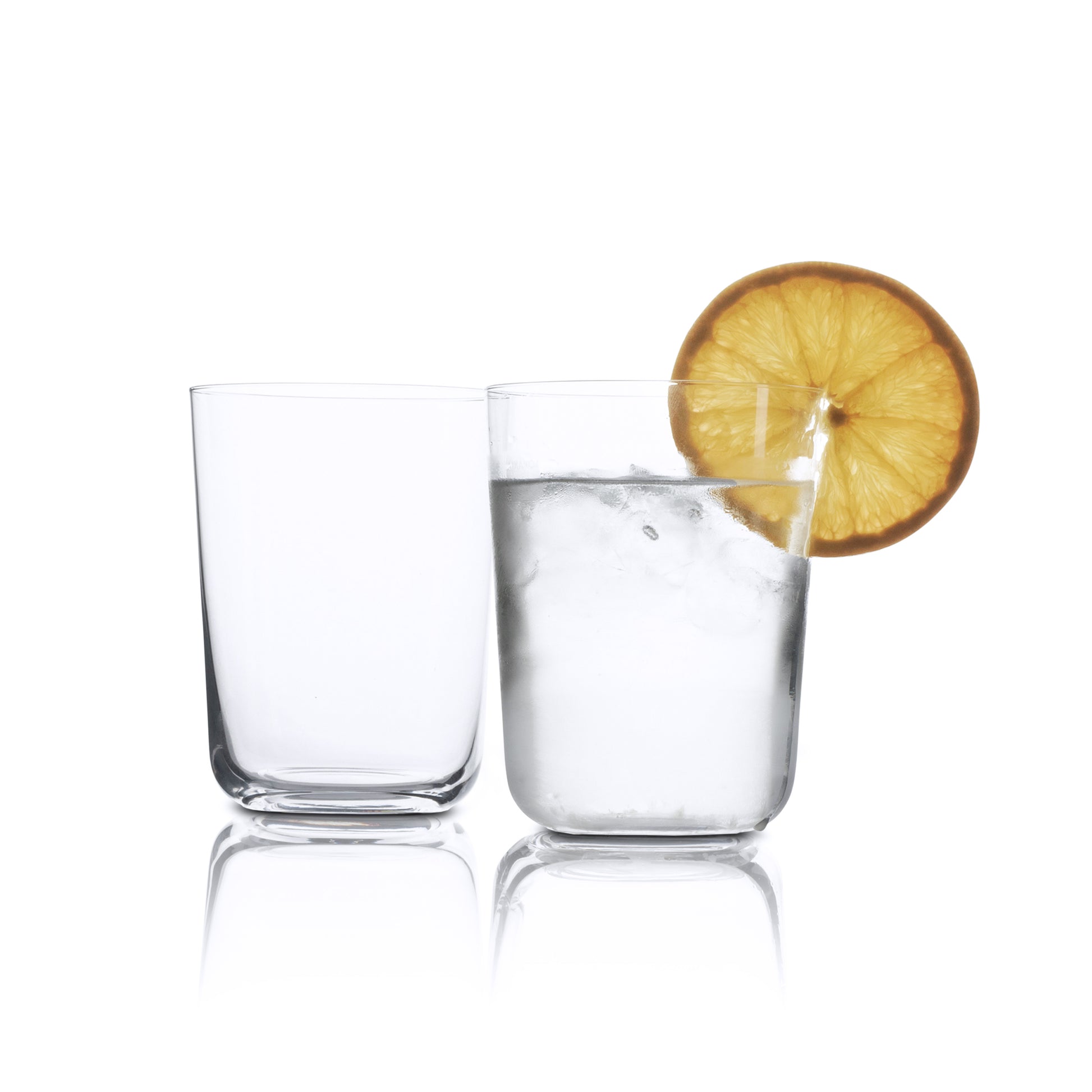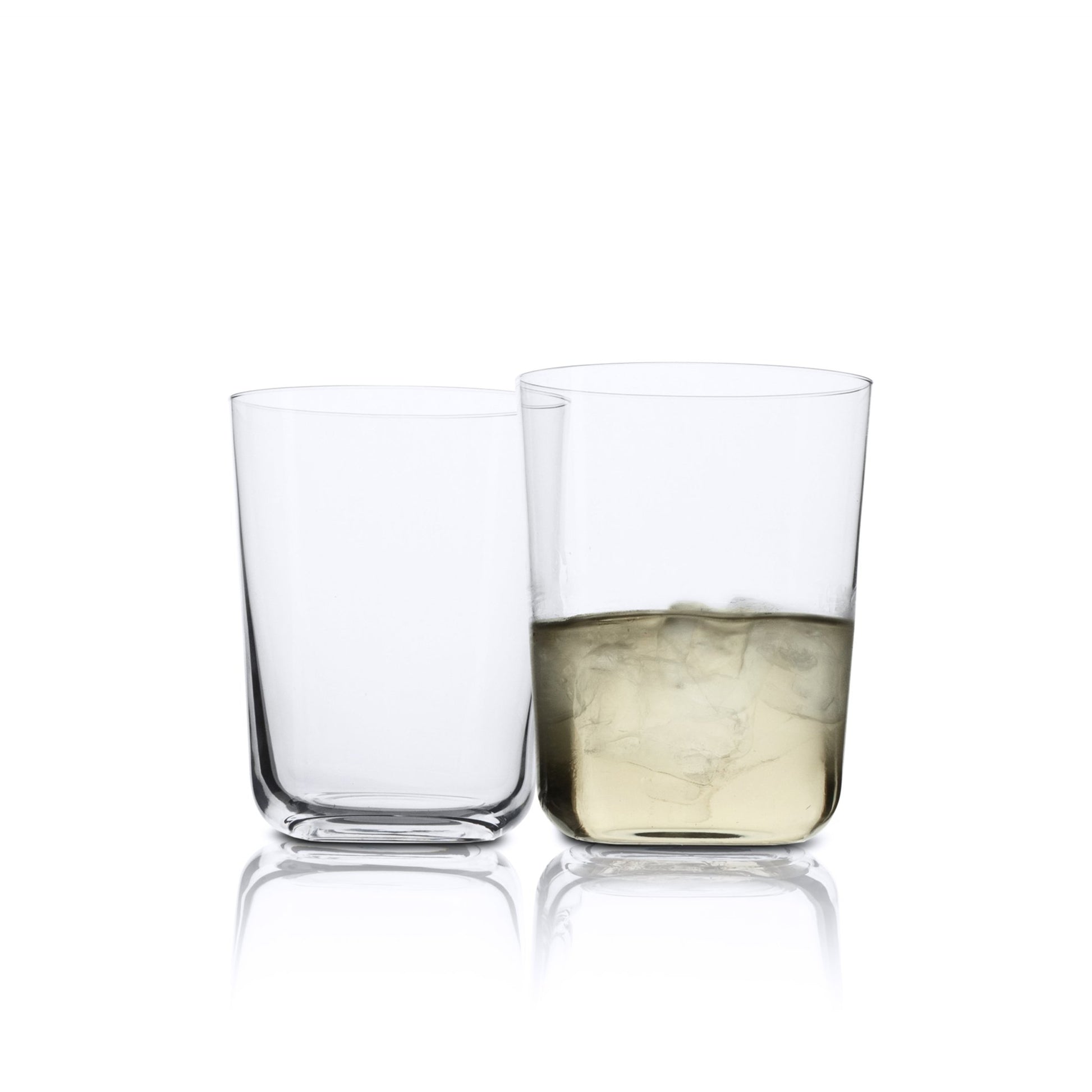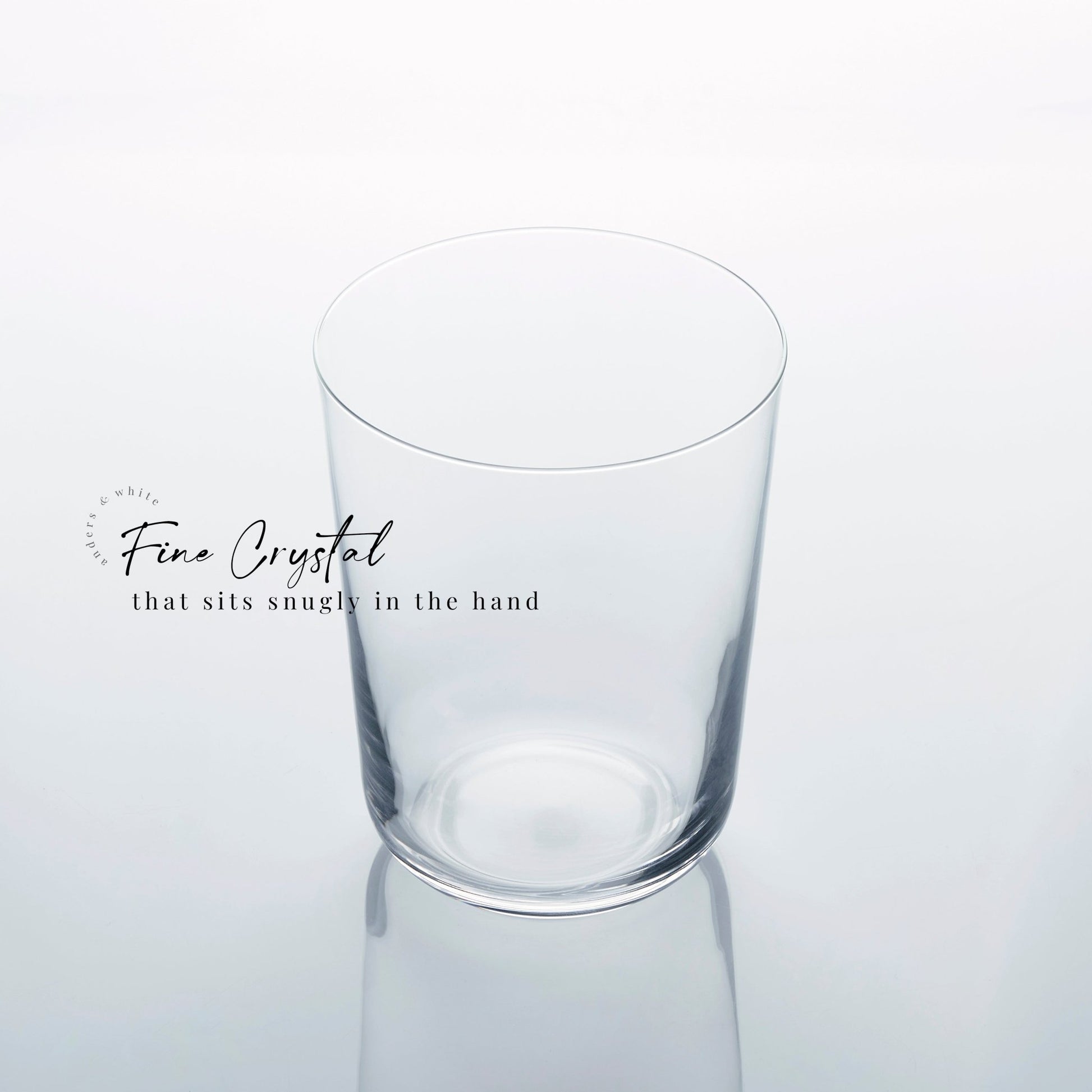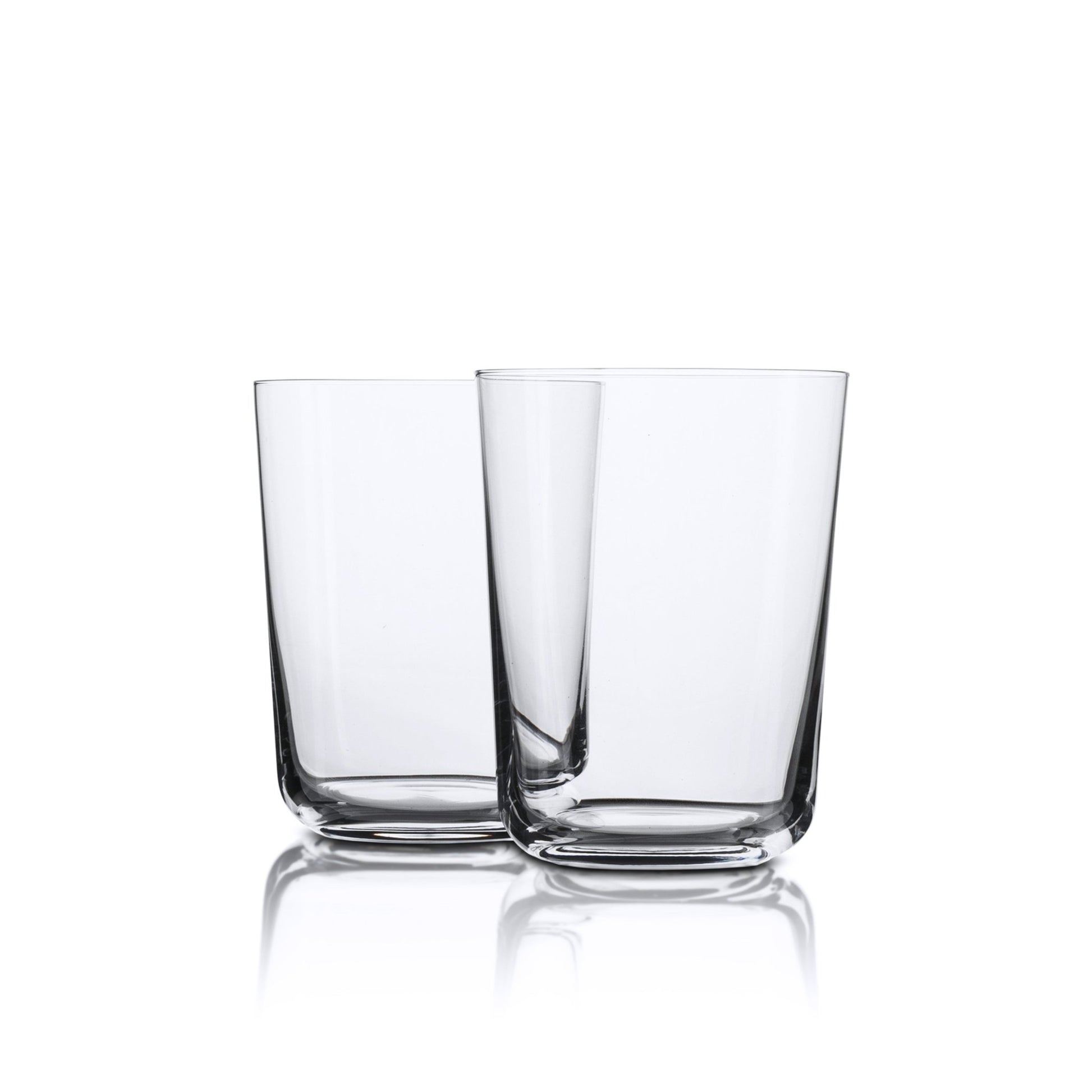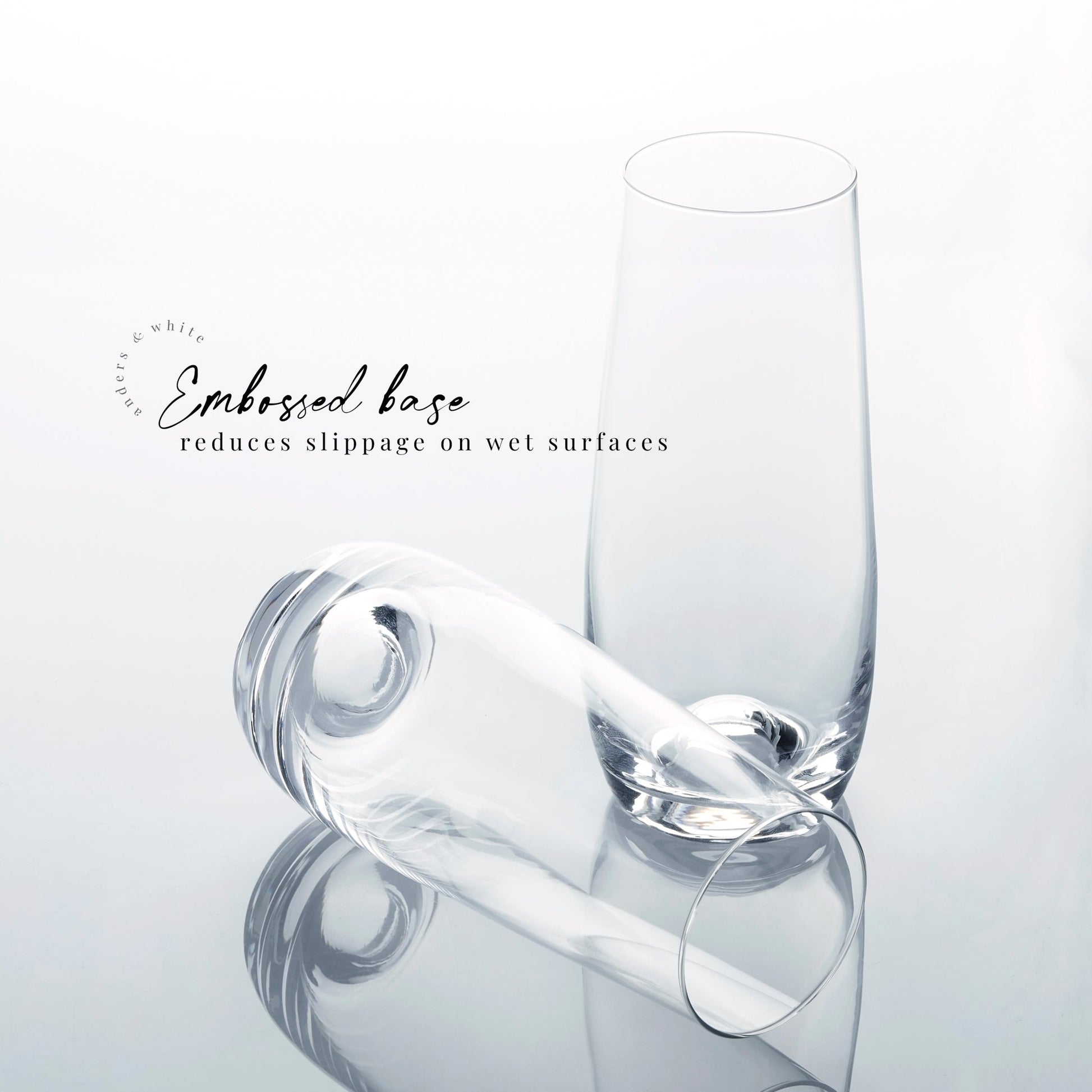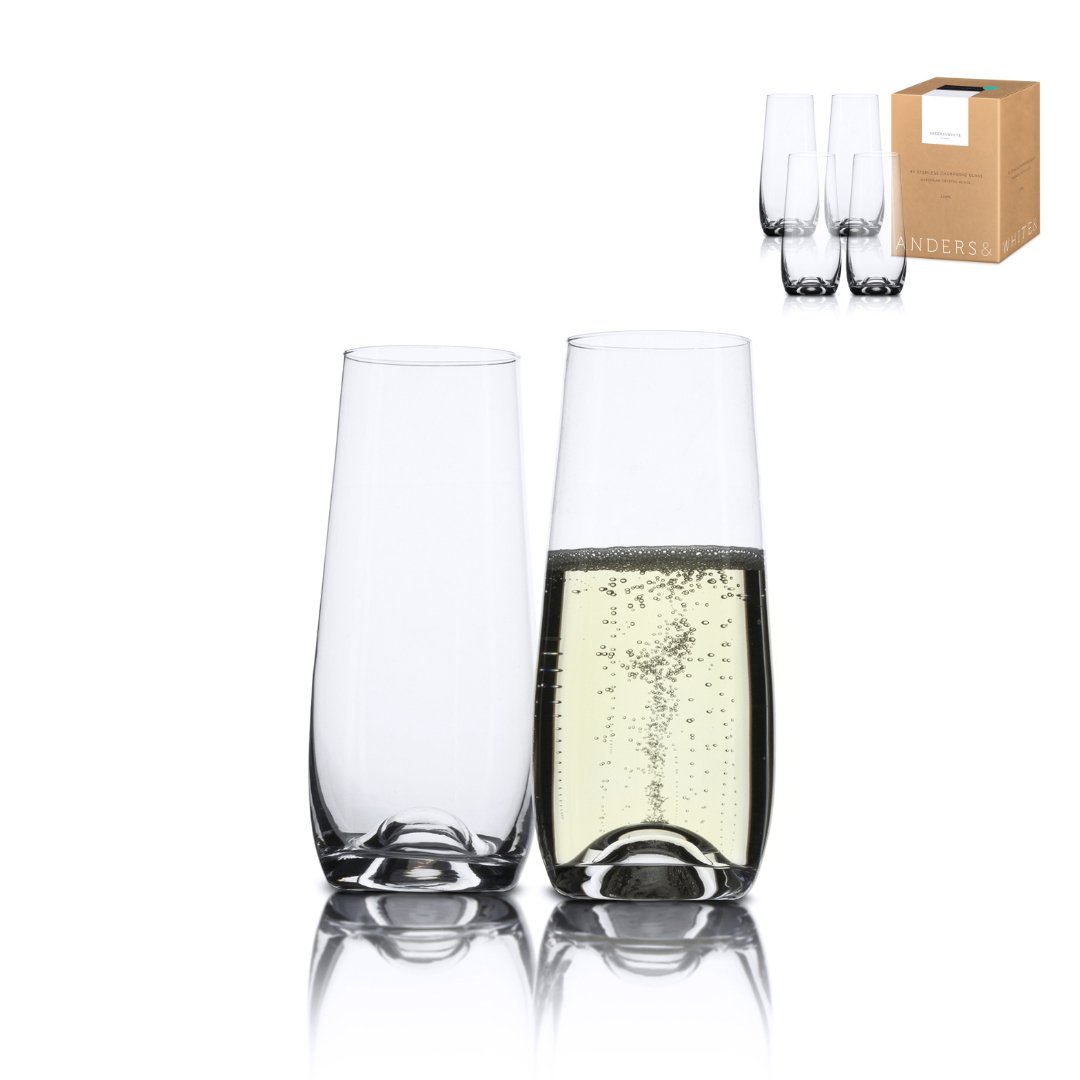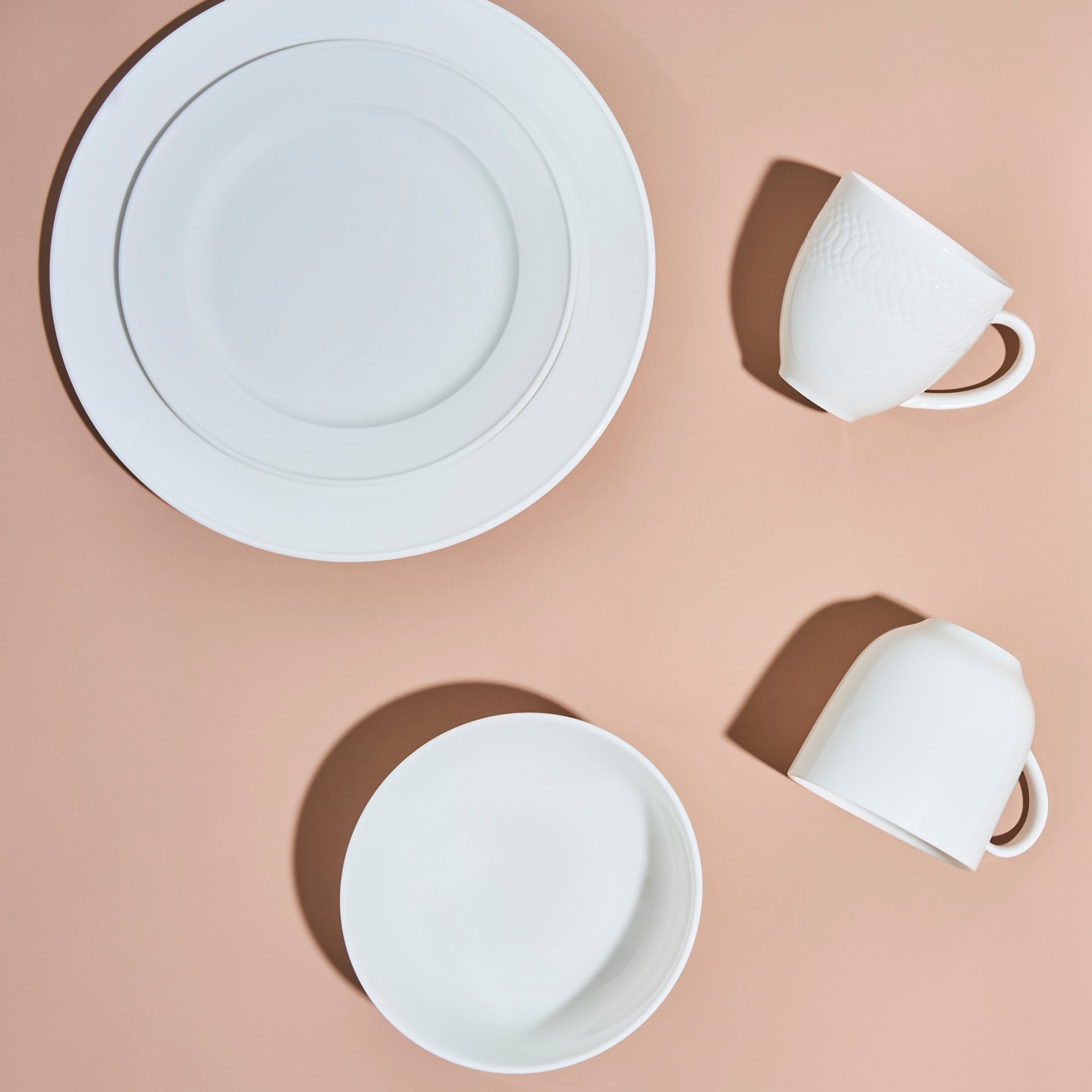Understanding Champagne
Champagne, a sparkling wine, must come from the Champagne region of France to bear the name. It's produced using specific grape varieties, most commonly Chardonnay, Pinot Noir, and Pinot Meunier, through a process known as the "Traditional Method," which involves a secondary fermentation in the bottle, creating its signature bubbles.
Visual Examination
Champagne:
The visual examination of champagne begins with observing the effervescence — the bubbles. The size, speed, and persistence of these bubbles can indicate quality; fine, persistent bubbles are often a sign of a high-quality champagne. The color, ranging from pale gold to pink, depending on the grapes used, also offers clues about the champagne's age and grape varieties.
Wine:
With still wines, the focus is on clarity, color, and viscosity ("legs"). The color can indicate age (reds lighten with age, while whites darken) and grape variety. Legs, or the droplets that form on the side of the glass, can hint at the wine's alcohol or sugar content.
Aroma
Champagne:
Swirling isn't usually necessary with champagne due to its natural effervescence, which helps release the aromas. The nose of a champagne can range from citrus, green apple, and pear in younger champagnes to toast, biscuit, and brioche in aged varieties. The complexity of the aroma can be indicative of quality and craftsmanship.
Wine:
Swirling the wine is essential to aerate it, opening up the aroma profile. Wines can exhibit a wide range of fruit, earthy, floral, herbal, and oak-induced aromas. The intensity and complexity of these aromas, along with how well they balance with each other, contribute to the wine's quality assessment.
Tasting
Champagne:
When tasting champagne, let it roll across your tongue to allow all your taste buds to interact with the effervescence and the liquid. Champagne can offer a range of flavors, from fresh fruit and citrus to richer, nutty, and yeasty notes in more mature bottles. The acidity should be bright and refreshing, providing balance to the wine and enhancing its aging potential. The finish — the taste that lingers after you swallow — should be long and pleasant.
Wine:
Tasting wine involves identifying the balance between sweetness, acidity, tannins (in red wines), and alcohol. The palate should detect the various flavor notes hinted at by the aroma, assessing how they unfold and change. The finish in wine is just as crucial, with longer finishes generally indicating higher quality.
The Role of the Champagne Glass in Tasting
Incorporating the right champagne glass into the tasting experience is crucial for fully appreciating the nuances of this sophisticated beverage. The design of the glass can significantly impact the aroma, flavor, and overall enjoyment of champagne, making it an essential consideration for connoisseurs and casual enthusiasts alike.
The Ideal Champagne Glass
Traditionally, champagne has been served in one of two types of glasses: the flute or the coupe. However, recent trends and expert opinions suggest that these might not always be the best choices for truly savoring the complexities of champagne.
- The Flute: While its slender shape preserves carbonation and enhances the visual appeal of the bubbles, it may restrict the full appreciation of the champagne's aromas.
- The Coupe: Though it offers a broad surface area for aroma development, its wide opening allows bubbles and aroma to dissipate too quickly.
- The Tulip Glass: Recommended by many experts, the tulip glass narrows at the top, concentrating the bouquet towards the nose while allowing enough room for the aroma to develop.
Conclusion
Appreciating champagne, like wine, is a sensory journey that involves a deep engagement with the beverage. While there are similarities in the appreciation process — such as examining the drink's appearance, aroma, and taste — the unique qualities of champagne, such as its effervescence and the nuances brought by the Traditional Method of production, offer a distinct experience. The choice of glass plays a pivotal role in this experience, with the tulip glass emerging as the superior option for those seeking to fully engage with the elegance and complexity of champagne. Whether you're a seasoned connoisseur or a curious novice, the world of champagne offers a fascinating exploration into the art of fine beverage appreciation, enhanced by the thoughtful selection of the ideal glass.

